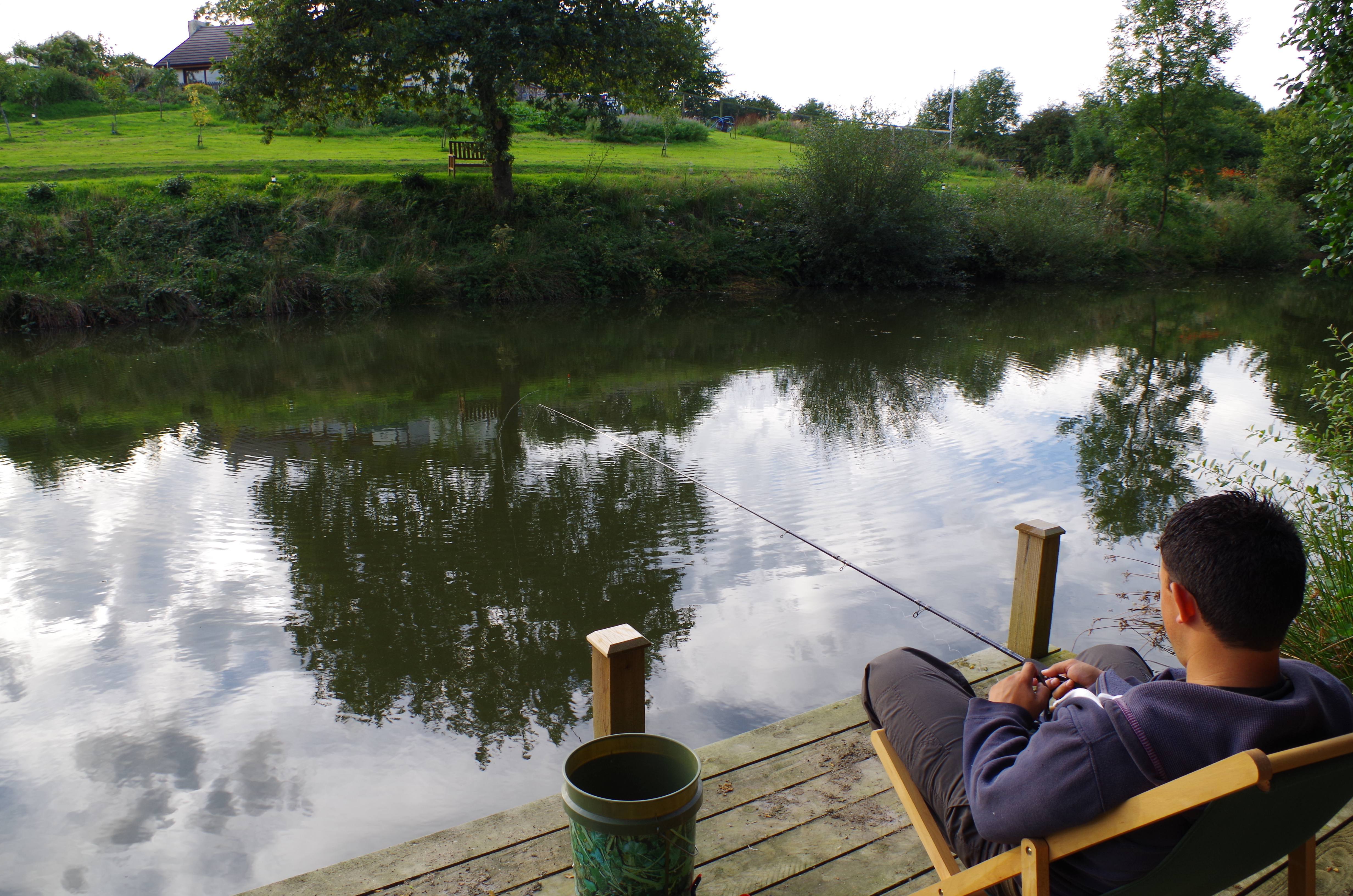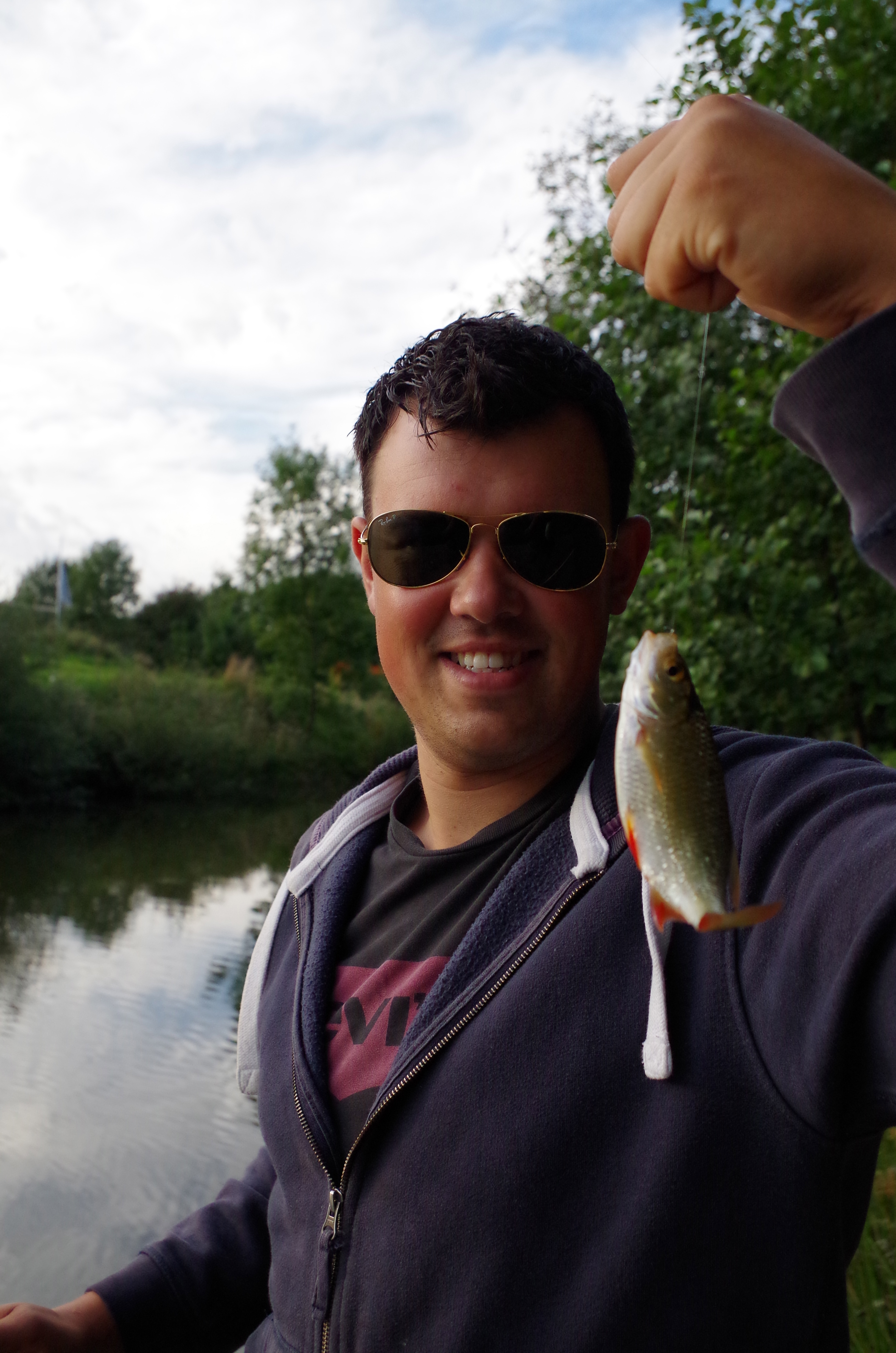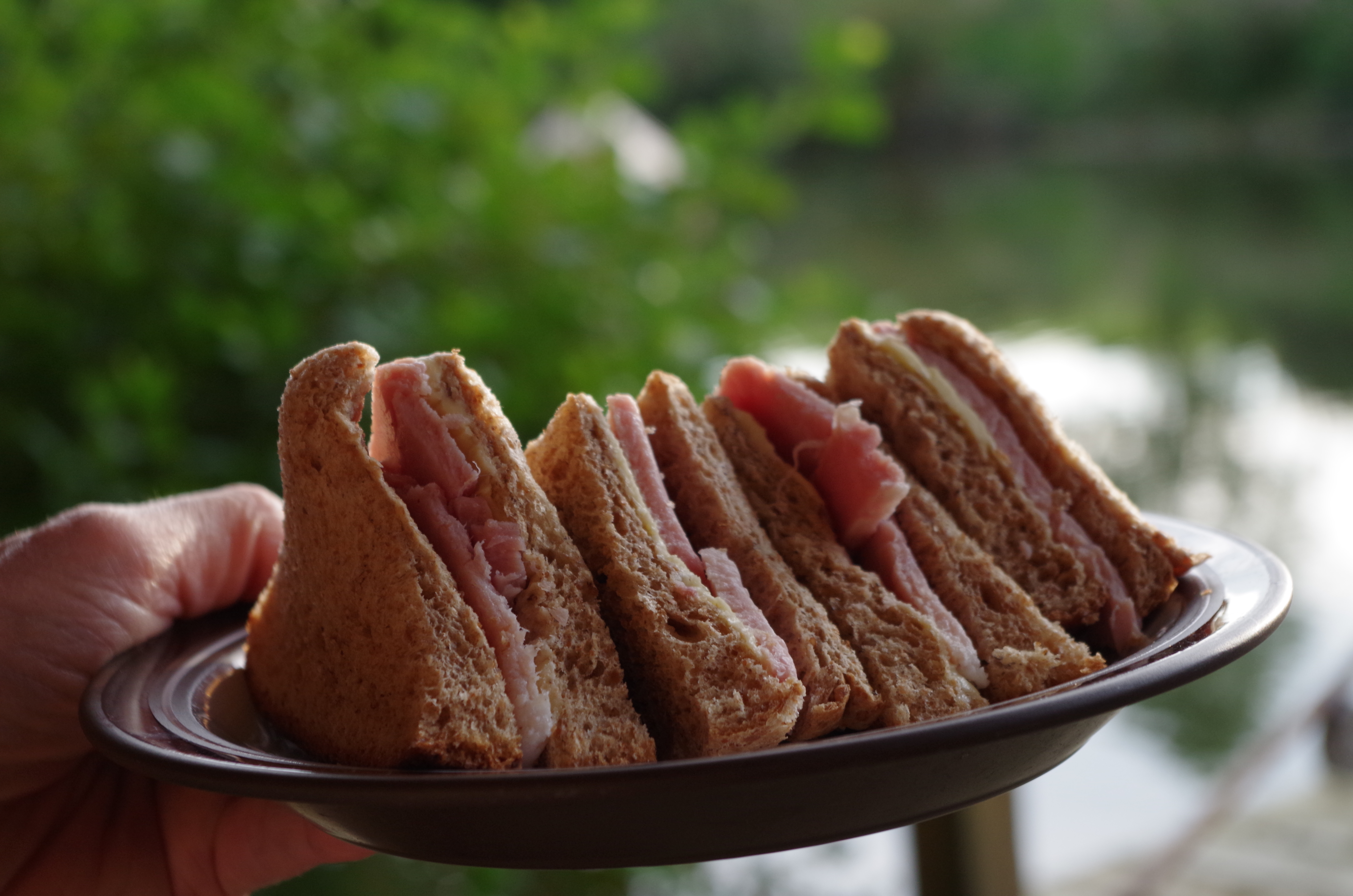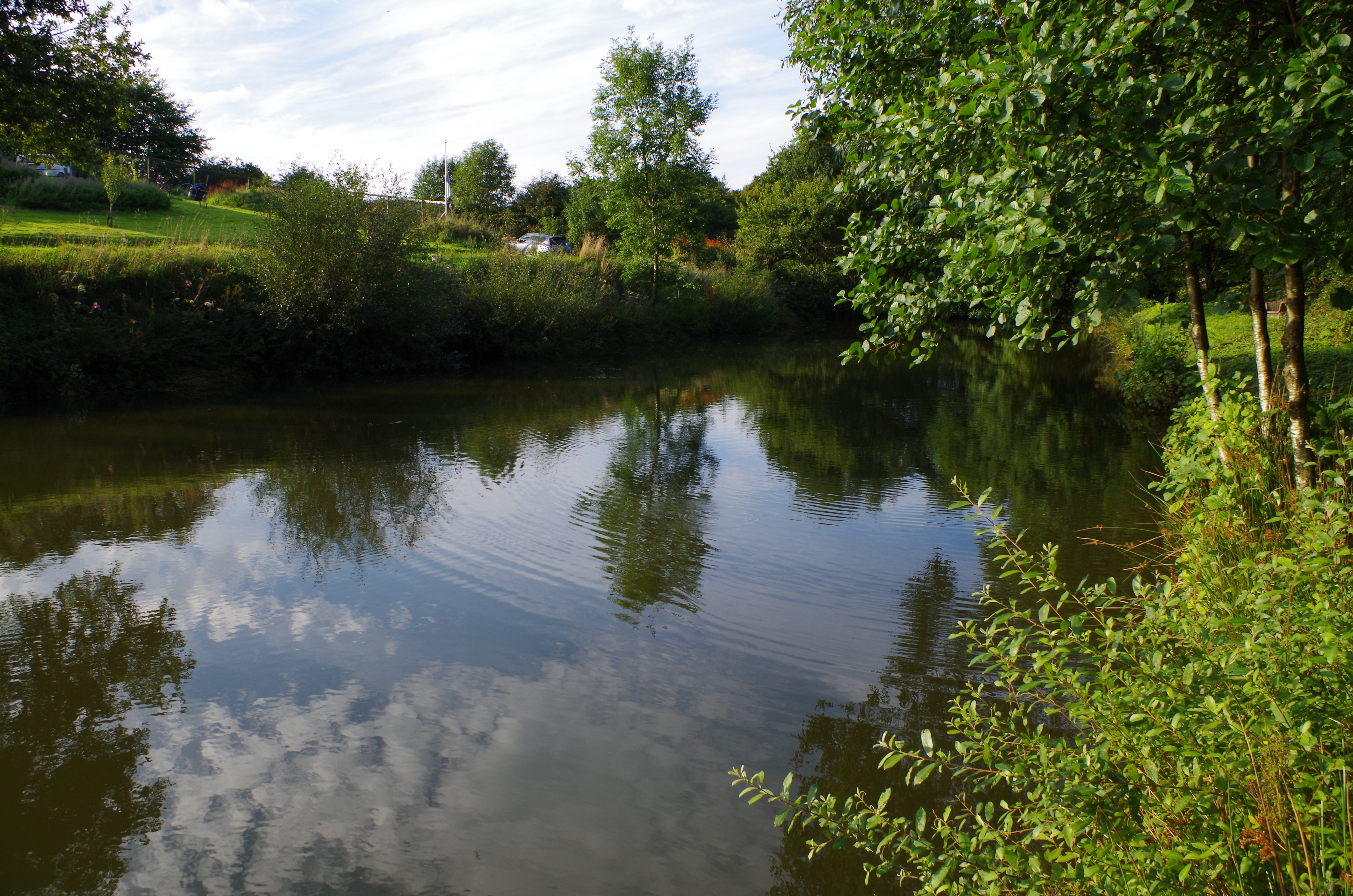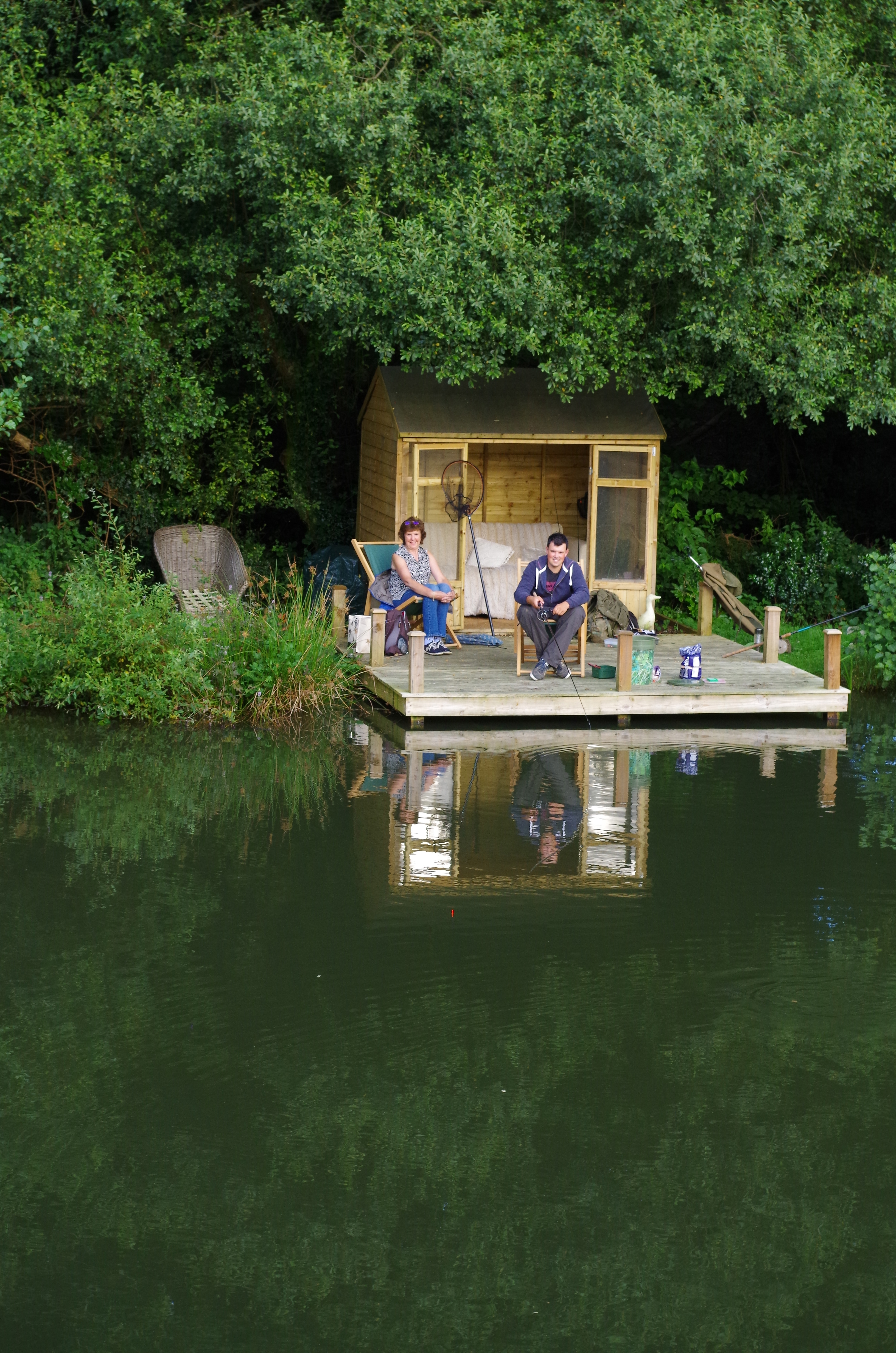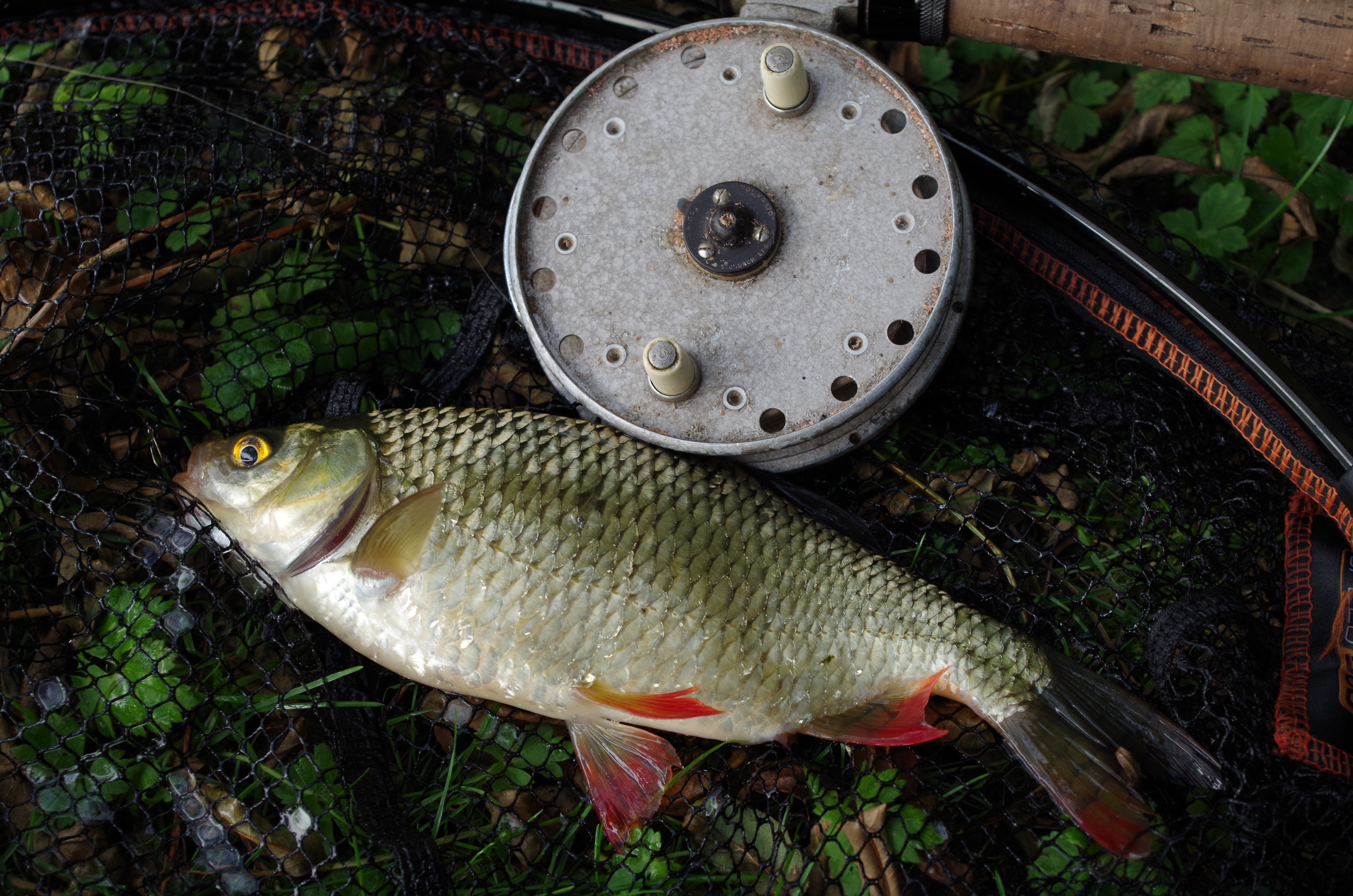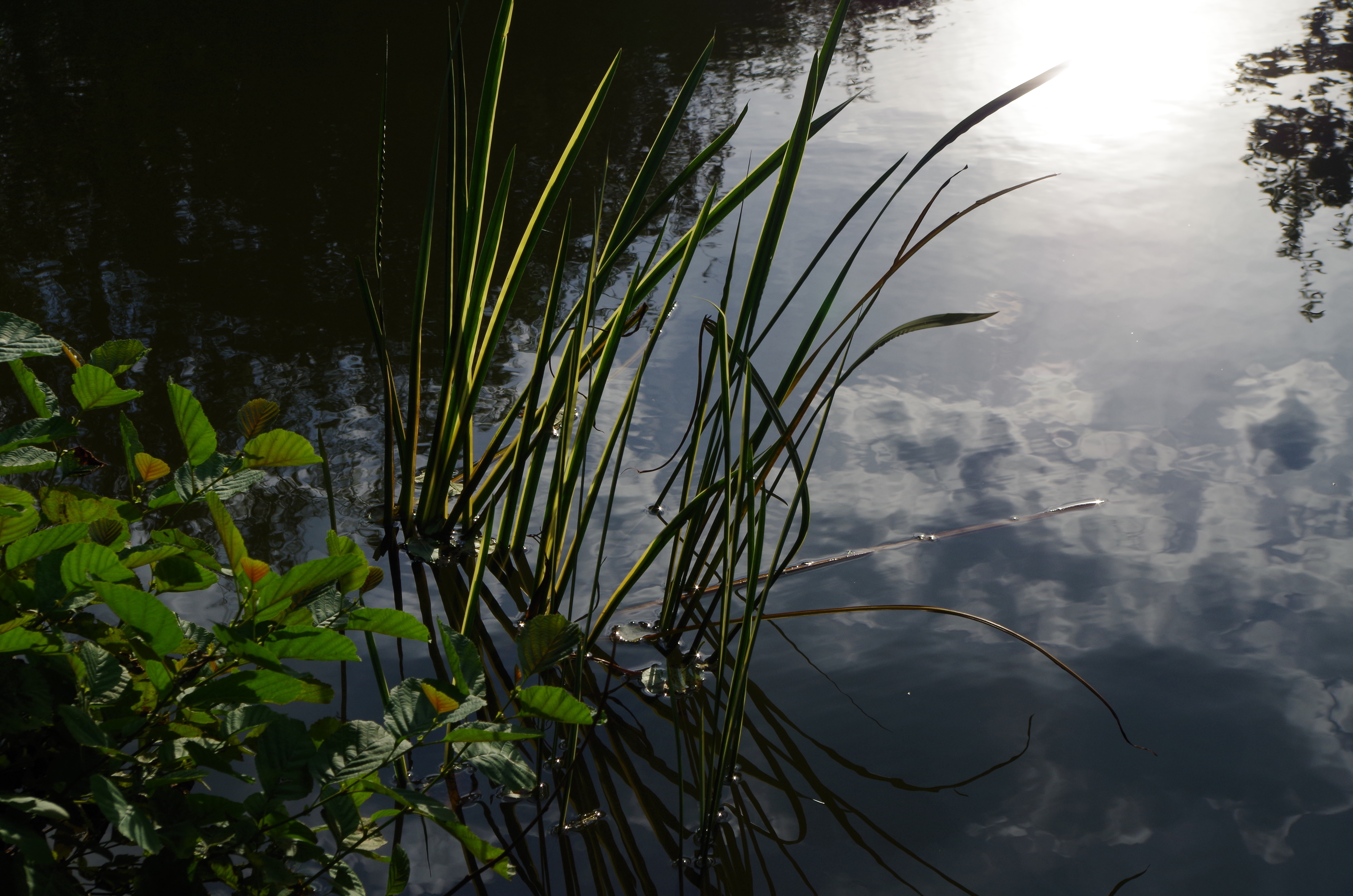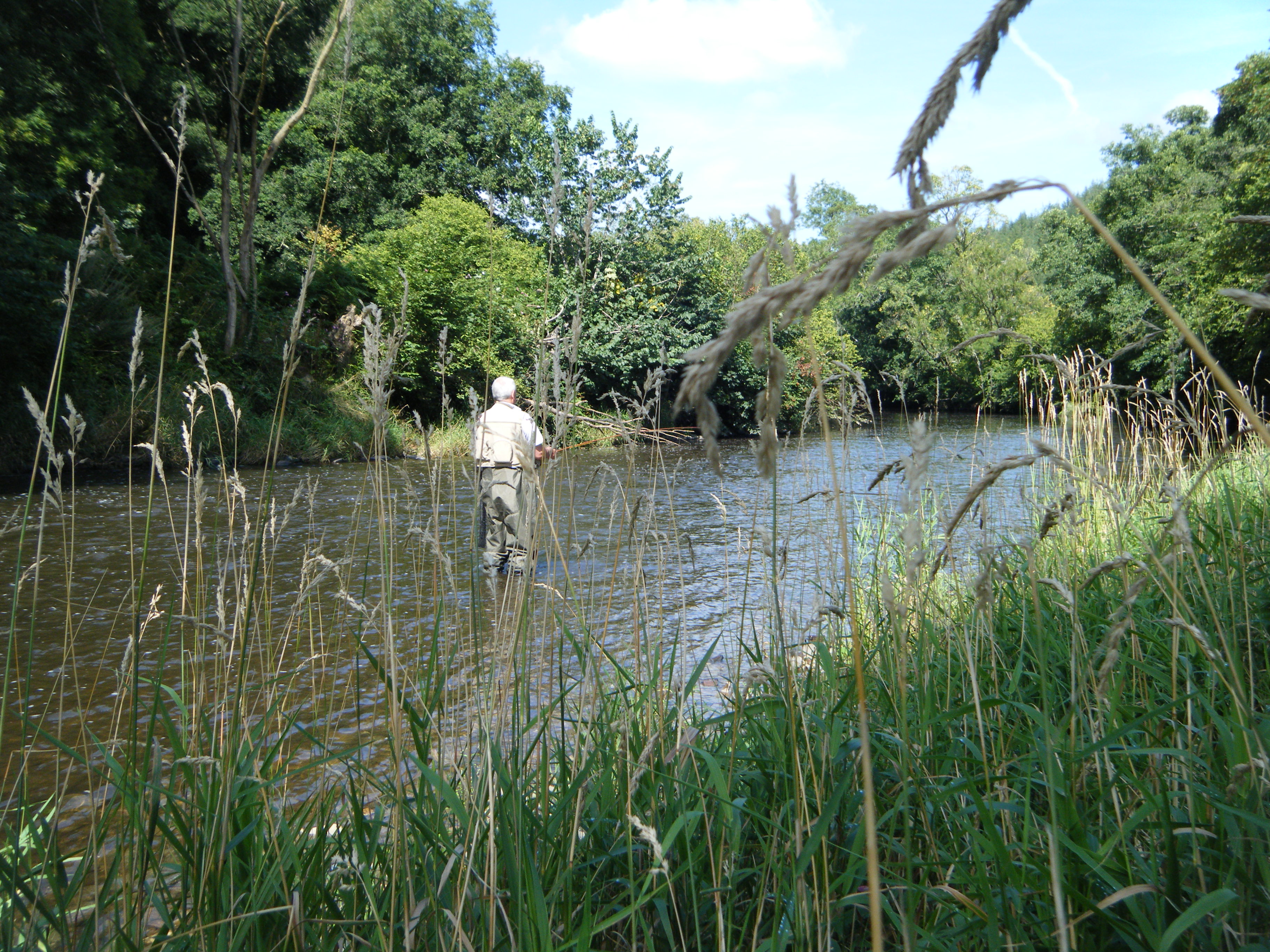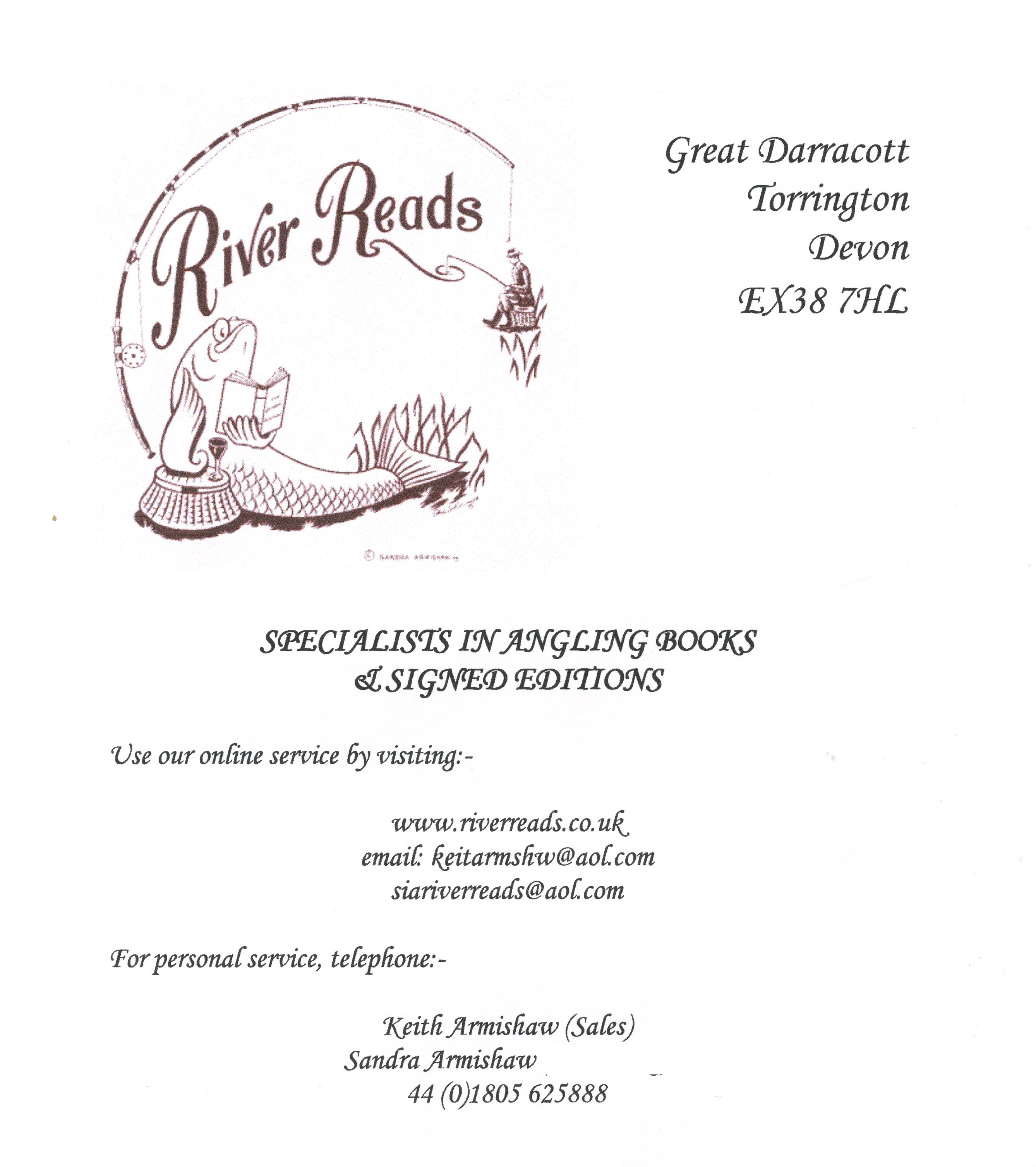Fishing tends to have a big influence on my day to day life beyond just going fishing. My long suffering wife Pauline inevitably gets drawn into this world and often accompanies me on piscatorial related ventures. On Saturday November 4th we attended a memorial to the late Mac Mc Carthy at North Molton’s Old School Room. The event was a fitting tribute to Mac whose enthusiasm and warmth contributed a great deal to the local angling community. Whilst his role as Treasurer of South Molton Angling Club and the River Taw Fisheries Association was important and carried out with the expertise to be expected of a man with a sound banking background it was his passion for life, fishing and community that shone brightly.
Update – The memorial collection raised £125 towards cancer research.

Mac always made me very welcome as a member of the local press and invited me to several meetings with the South Molton Angling Club that I of course ended up joining as a social member. I have fond memories of trips to the river with Mac to view habitat improvement work and as a guest on the beat he rented on the Taw. I have a couple of salmon flies Mac gave me residing in my fly box that will one day I am sure entice a silver salmon.
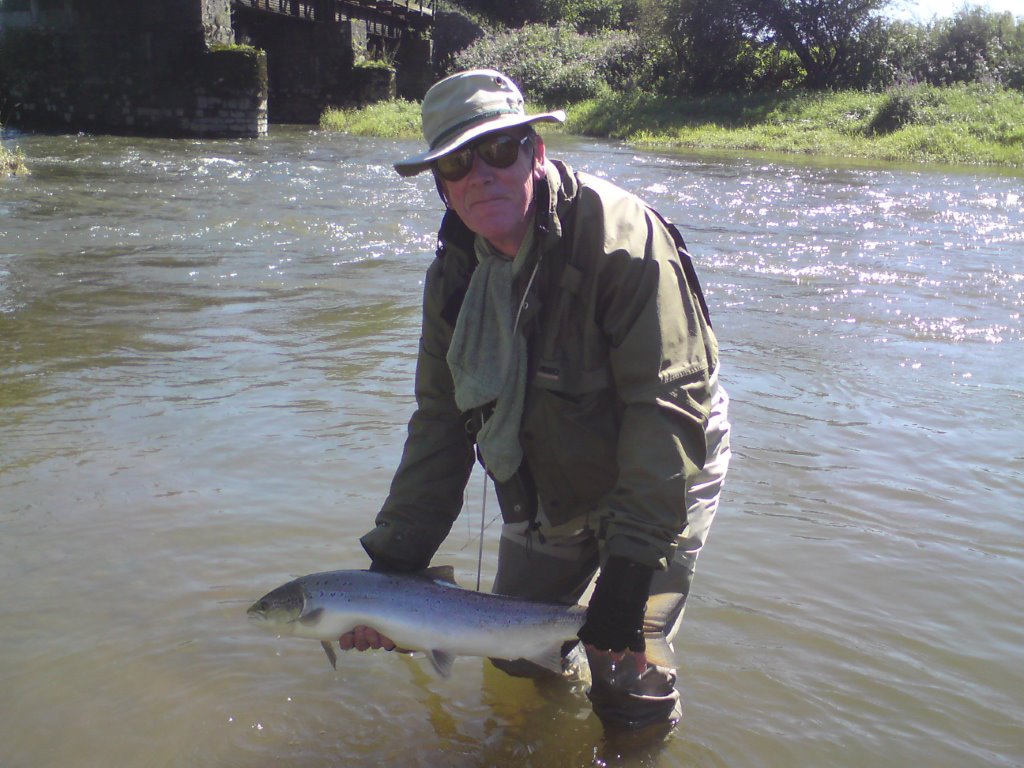
(Above ) Mac with a fine salmon ( Photo courtesy of Ed Rands)
After an enjoyable hour chatting in the village hall over a glass of wine and tasty nibbles we set off to enjoy a walk and a breath of fresh air. It was appropriate that we chose Landacre as our destination a place where Mac often exercised his dogs. I know this as Mac told me of the salmon he saw spawning in the Barle during late autumn and winter. Like myself I am sure Mac was drawn to the river in the hope of glimpsing the salmon for surely when not fishing the next best thing is to look for fish.
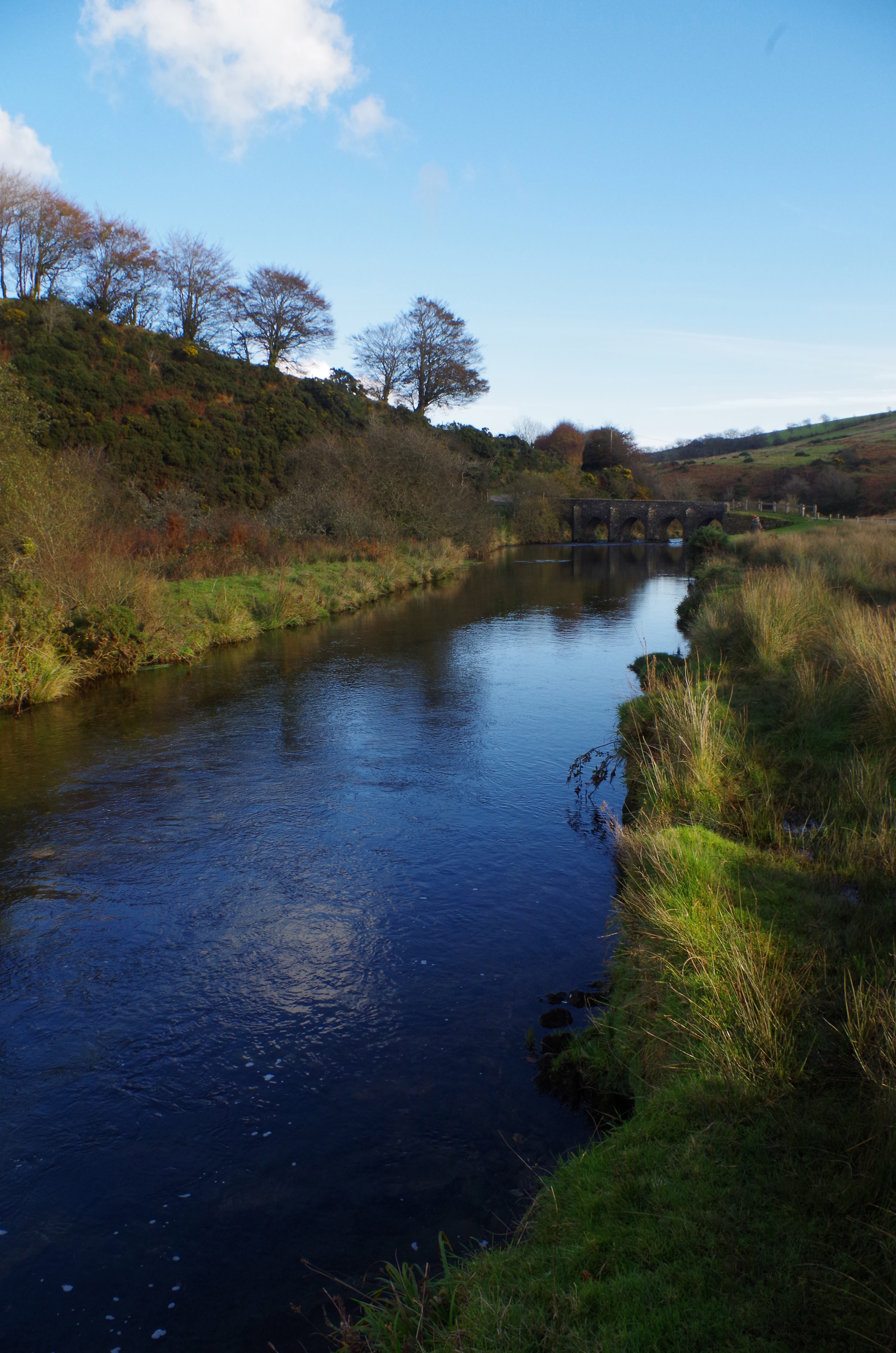
There has been a degree of doom and gloom relating to the Exe and Barle this season with catches far below those of past seasons. A fact that has been noted across the country on many rivers. The light was not quite right for spotting salmon in the clear waters and whilst I caught the occasional glimpse into the river I could not at first see any salmon. We did however reminisce about summer days when we had brought James to picnic by the river and catch minnows as I had also done when I was a child.
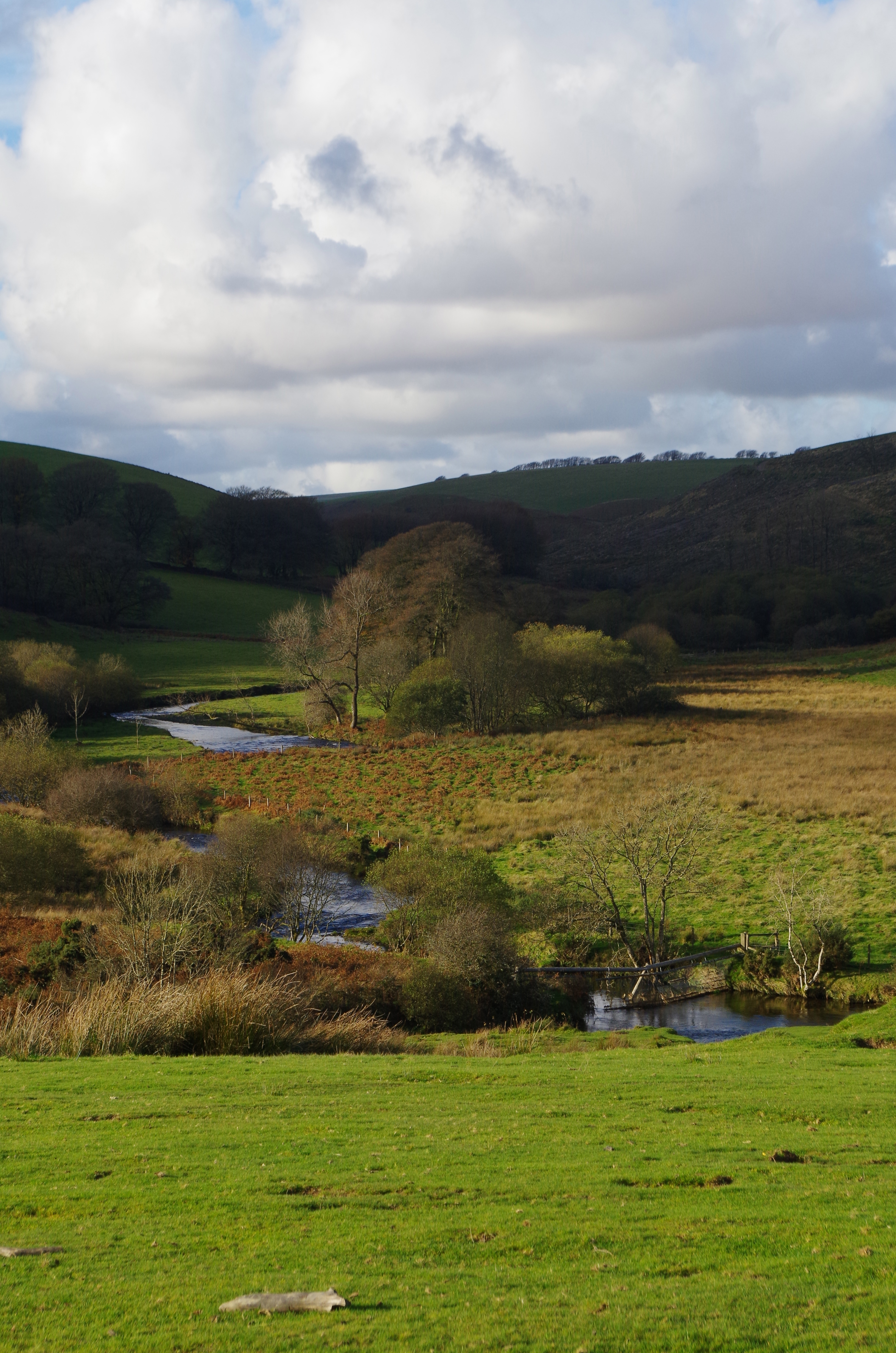
I as I Looked down the river that twisted through the autumn landscape a salmon leapt from the water a brief split second and an image to save in the minds eye with a thousands others that can never be frozen be captured with a camera.
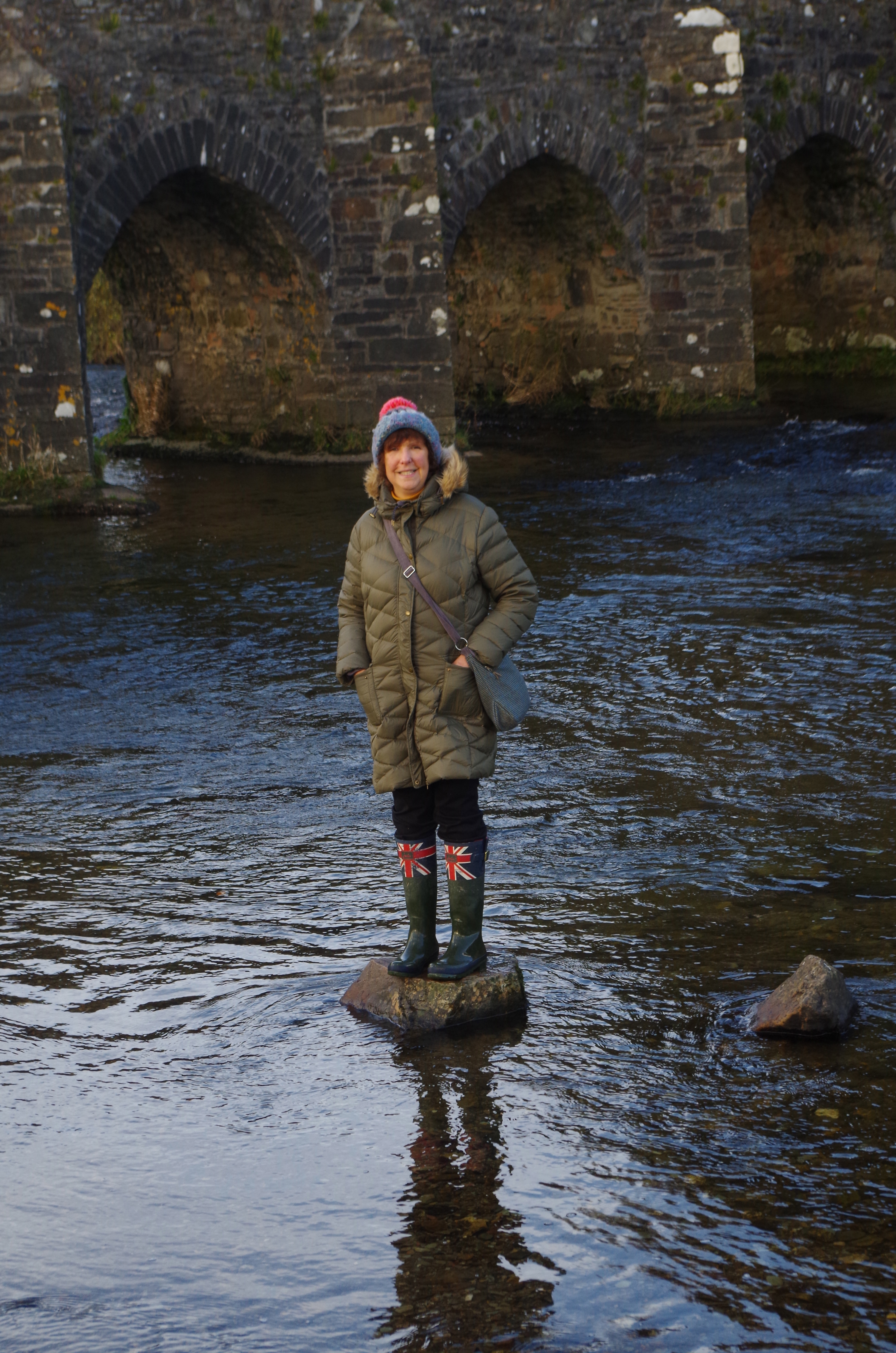
Further down river I was also thrilled to see a salmon as its movement caught my eye. I of course had to walk onto the bridge and peer into the water below. What salmon have travelled beneath the spans of this ancient bridge I pondered?
From the river we headed to Dulverton for a coffee and a browse around the shops. Lance Nicholson’s tackle shop is always worth a look with its racks of quality rods and pleasing selections of flies for both trout and salmon. The bookshop, “Rothwell and Dunworth” always has a good selection of fishing books and on this occasion I was tempted and purchased a copy of “Sea Fishing” by the Late Clive Gammon. Clive is one of my favourite authors and this tome will undoubtedly carry many words of wisdom despite its publication date of 1969. The cover picture reflects how times have changed for the better with several tope carcasses gracing the cover. Flicking through the pages brings a view of a bygone age that I can easily relate to on this day of reflection.
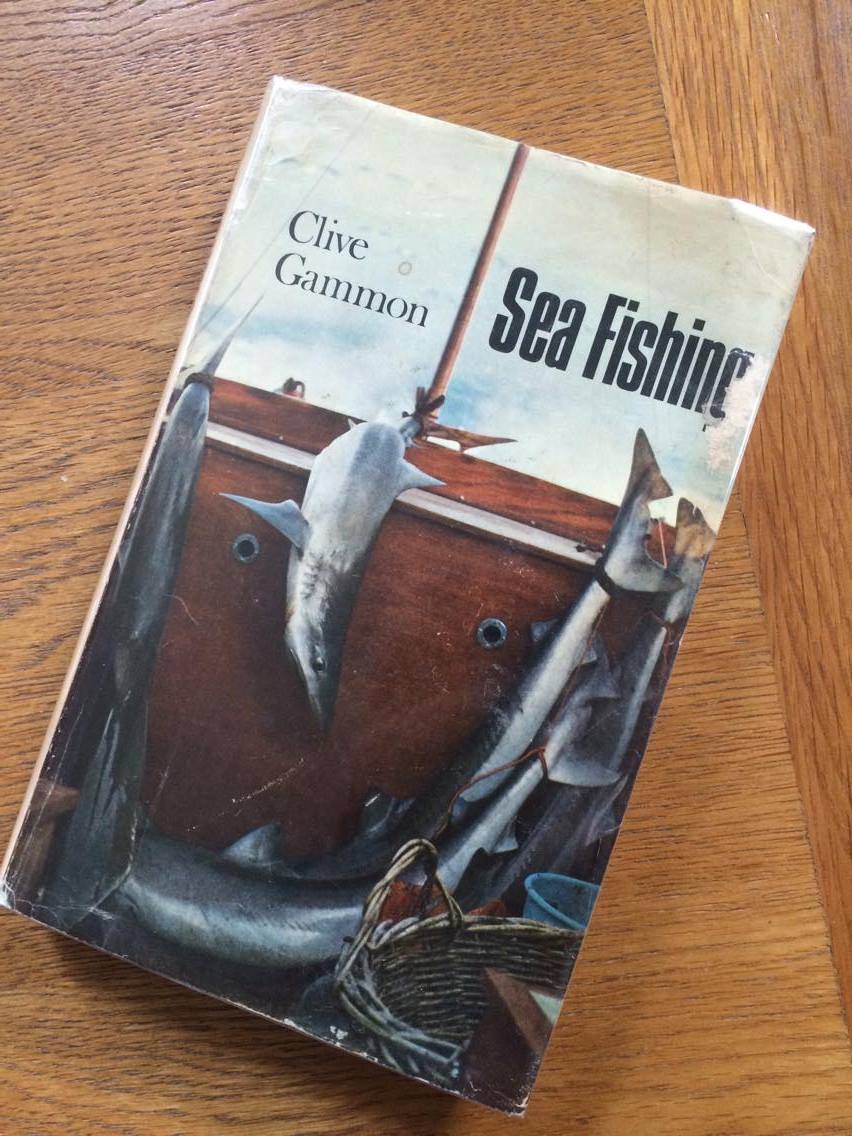


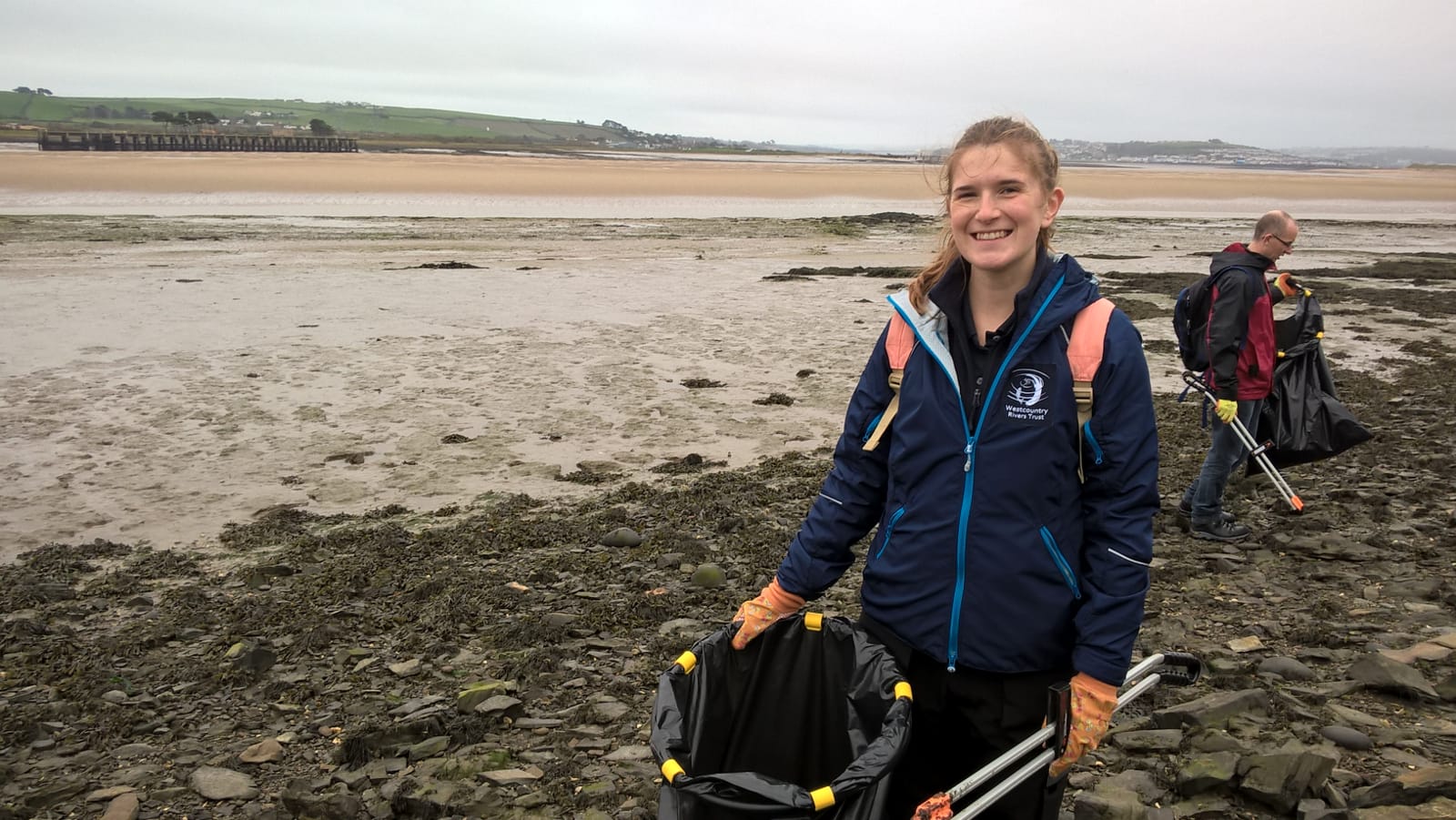
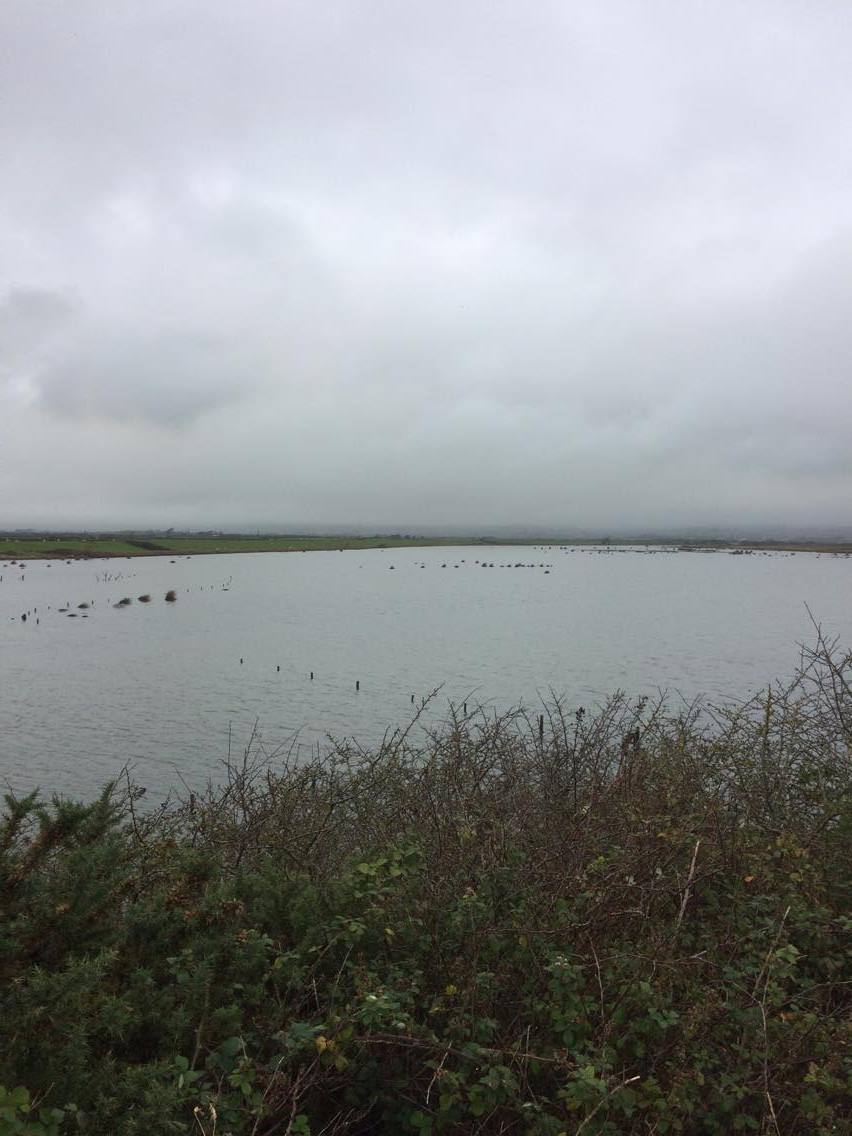

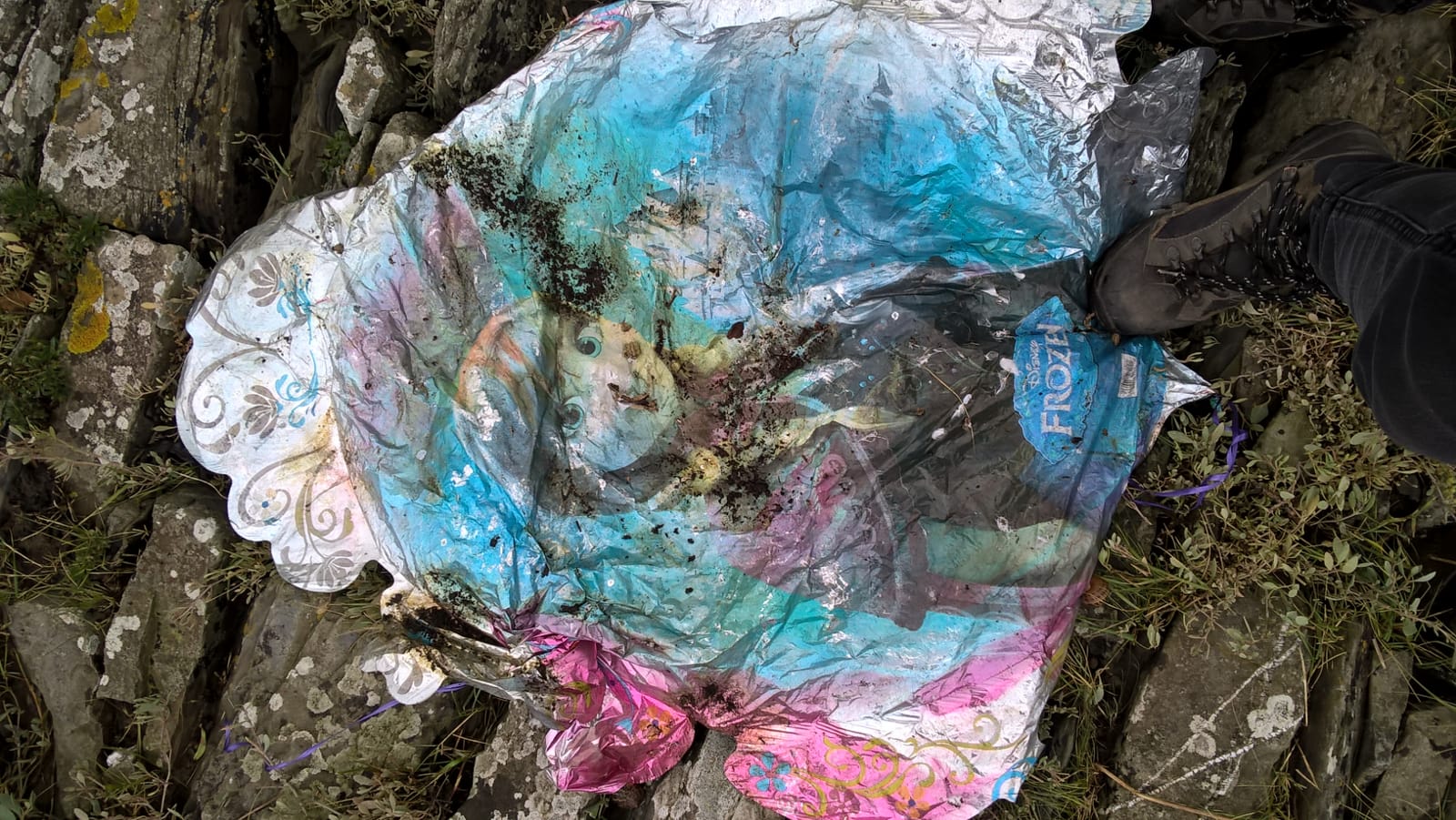 (Above) A wide range of debris
(Above) A wide range of debris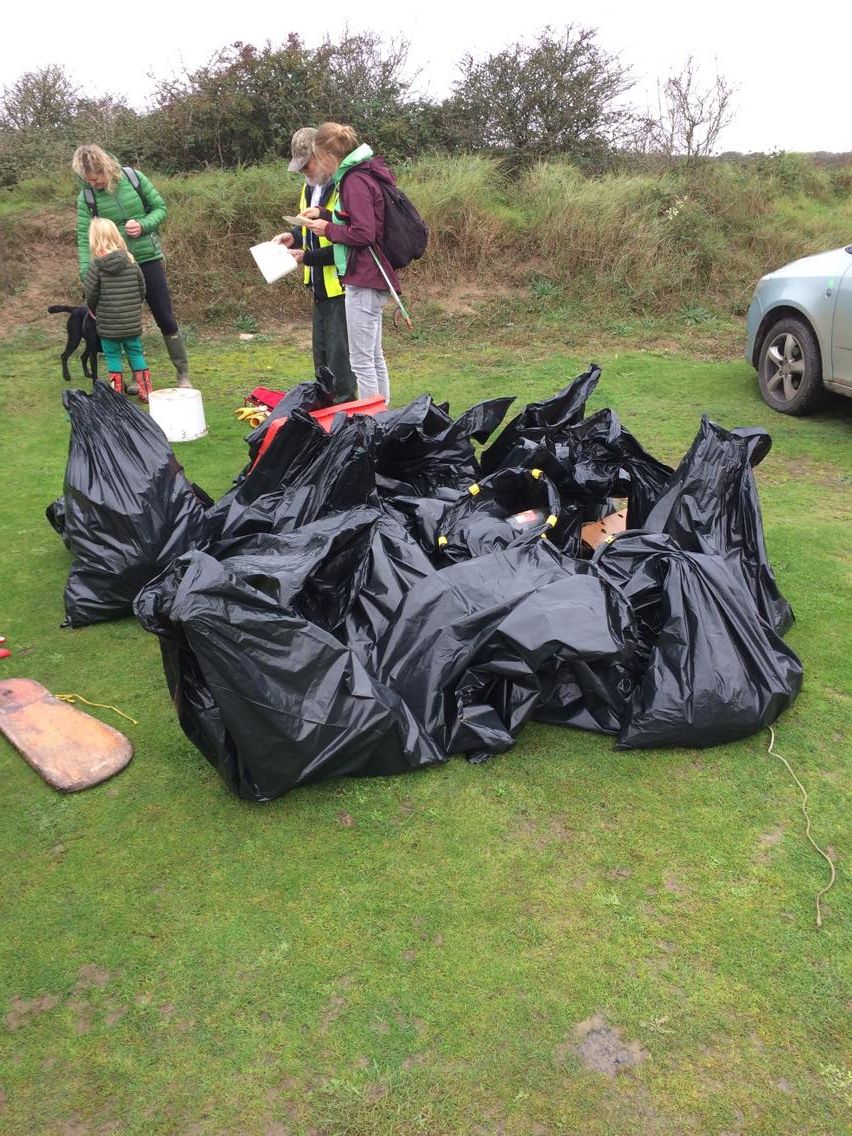
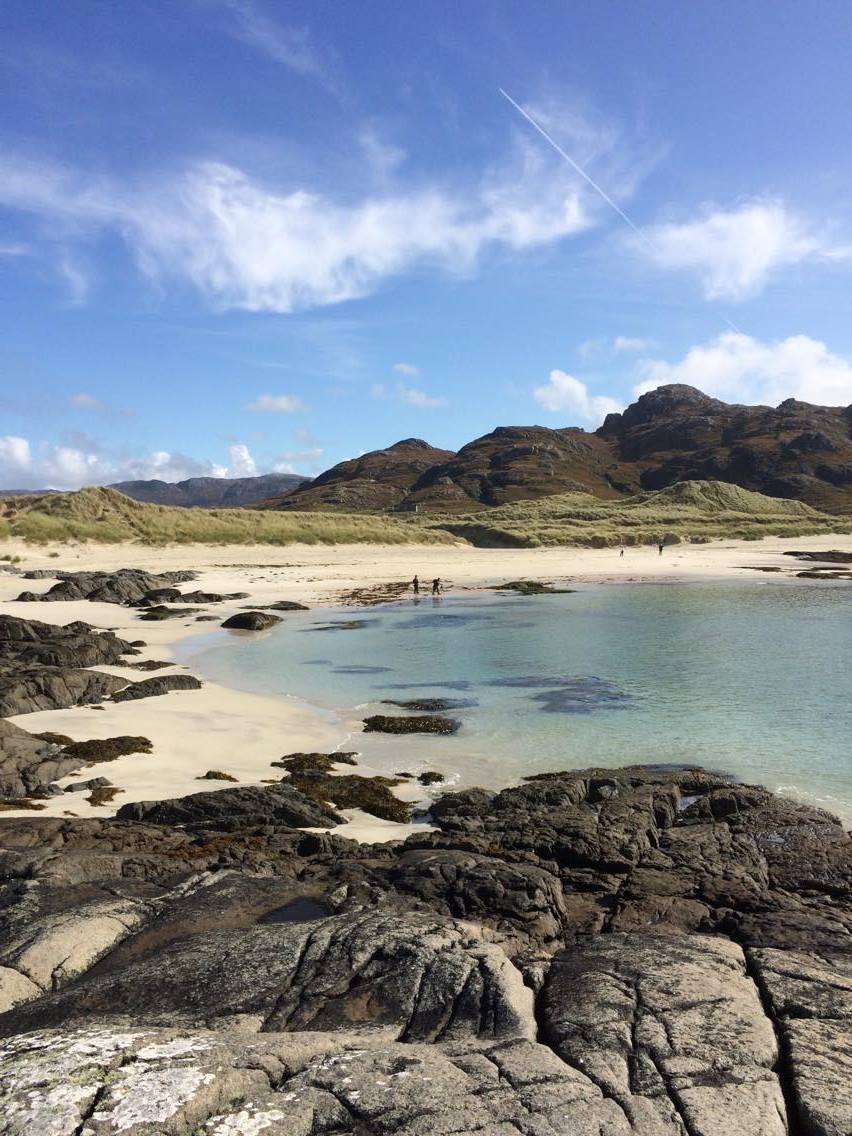

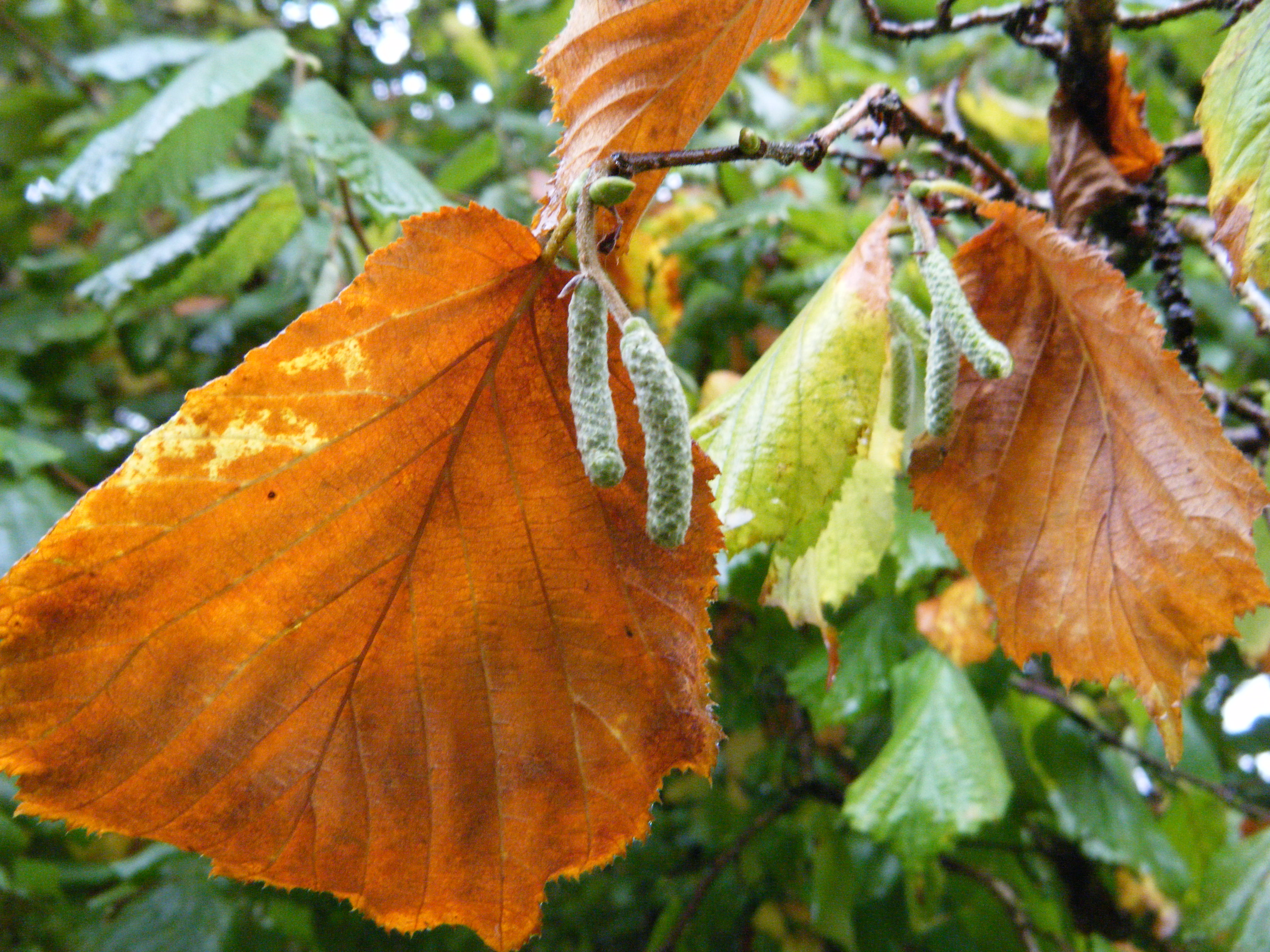

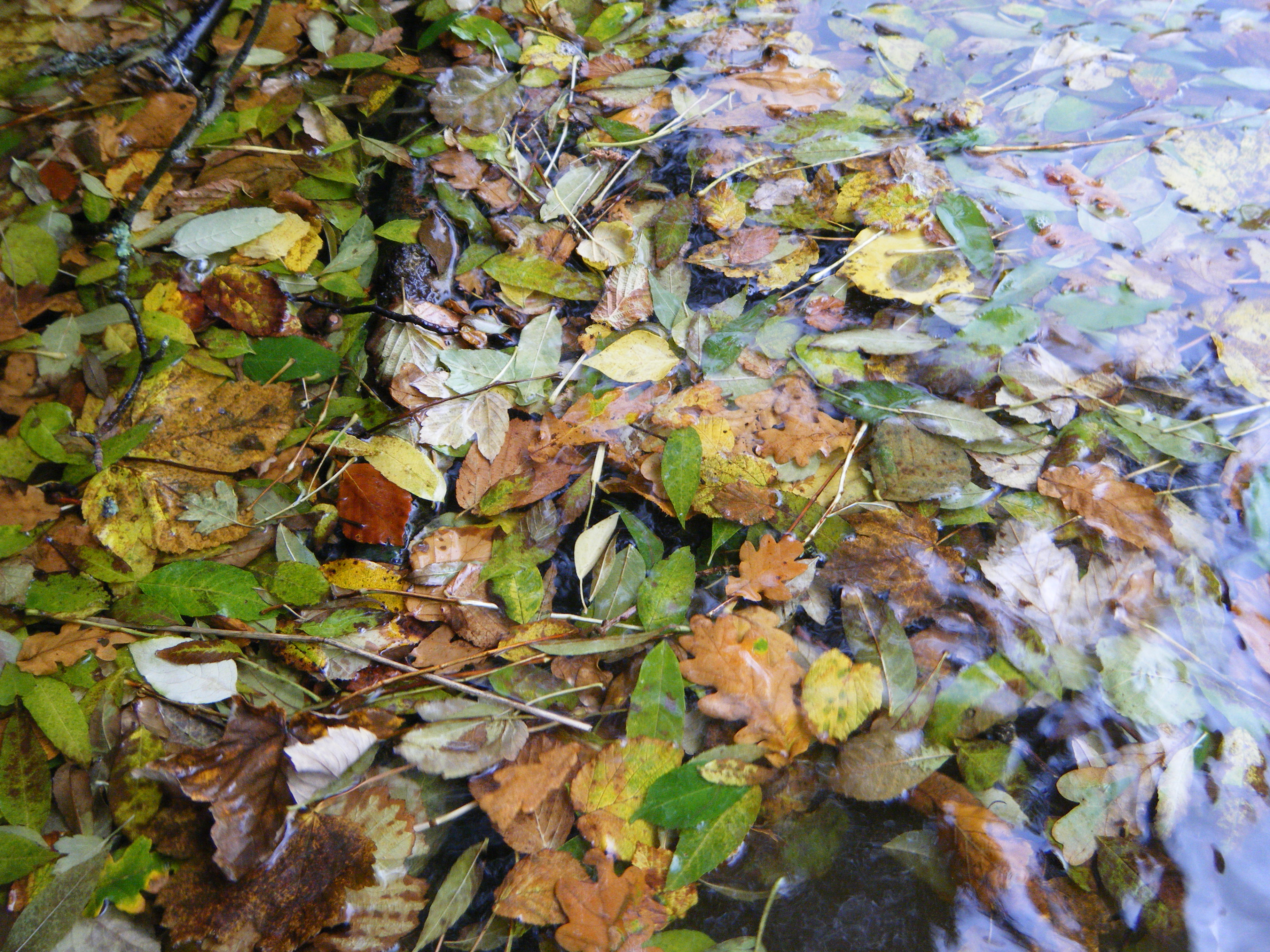

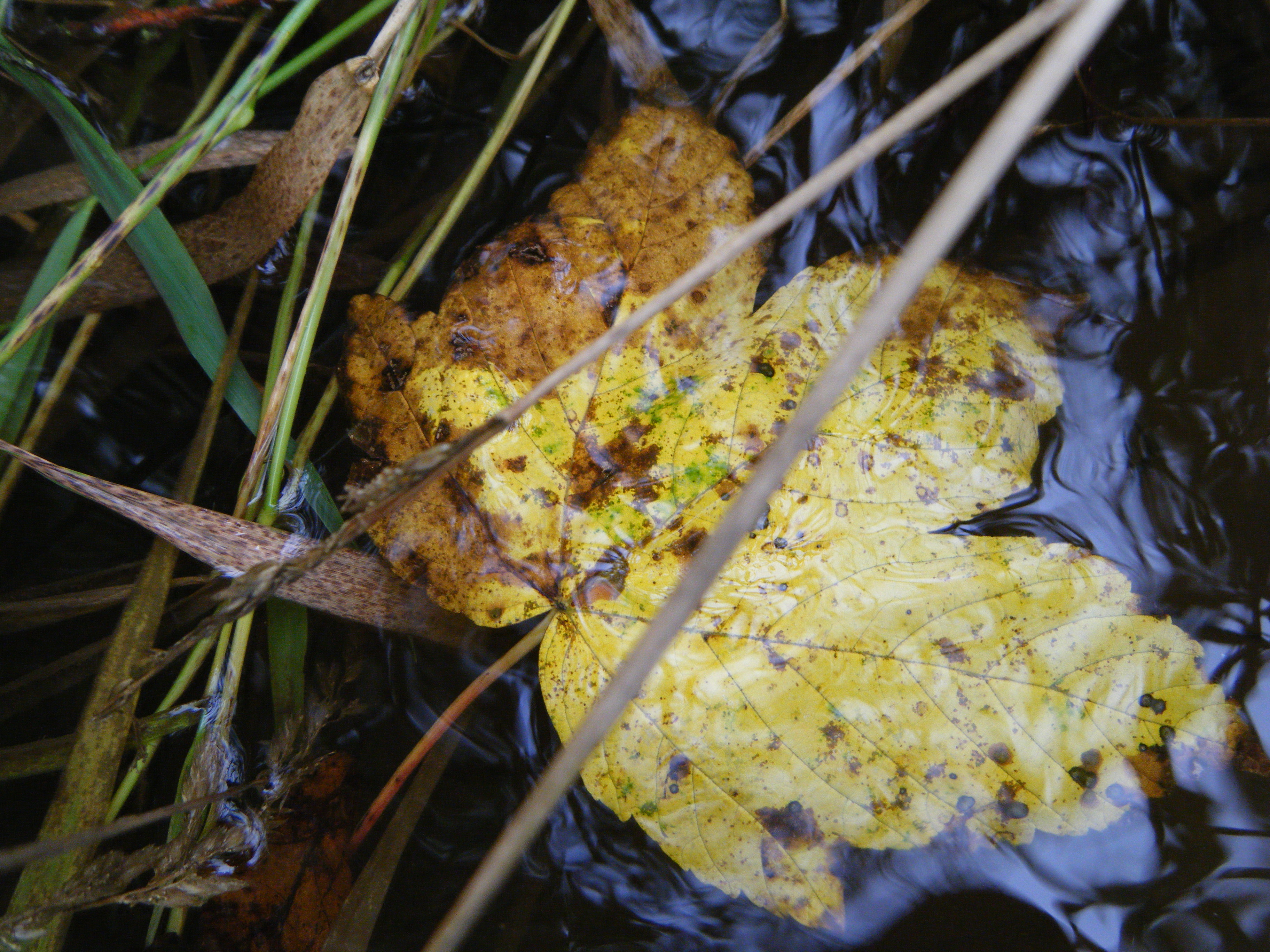
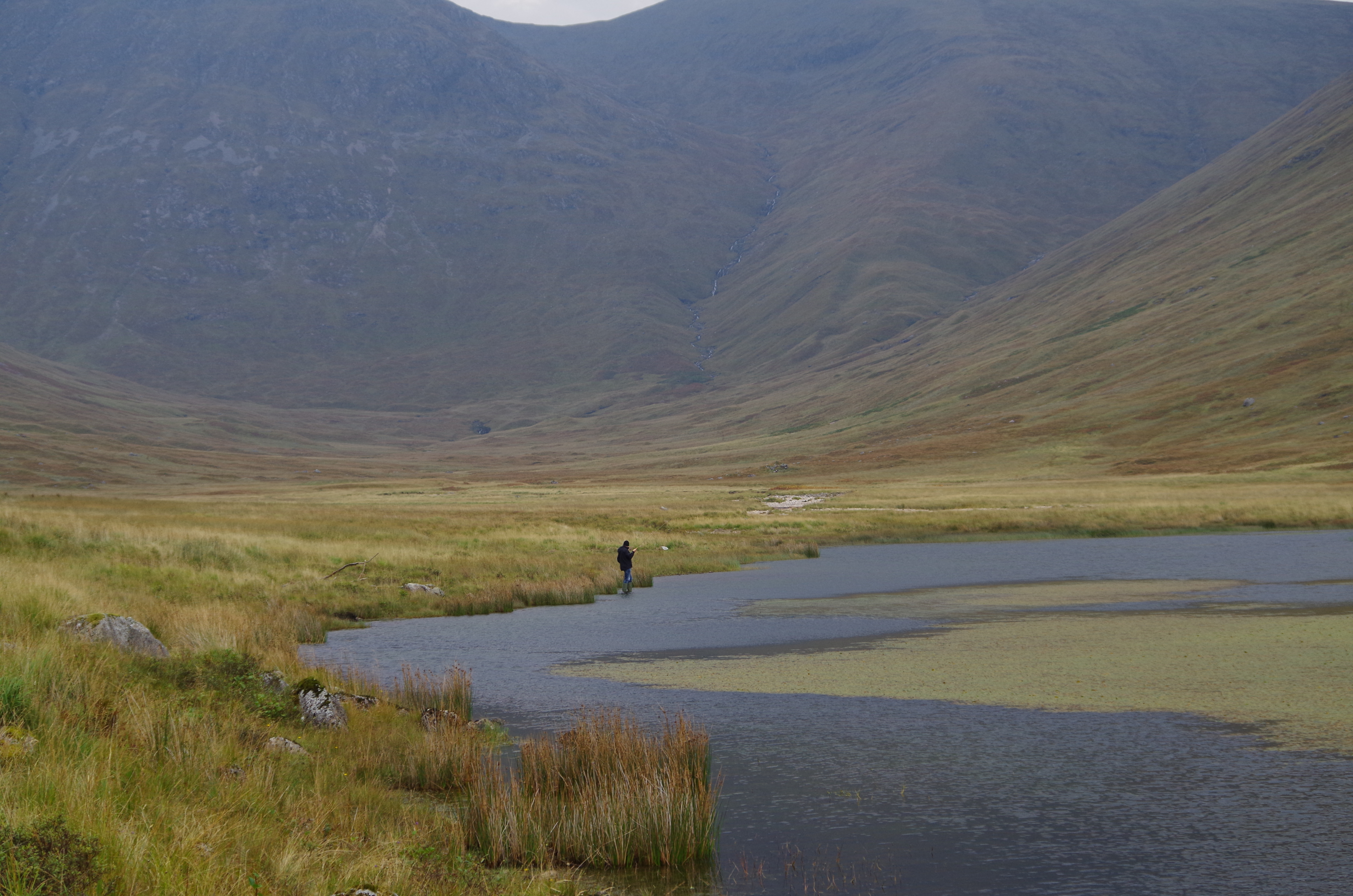
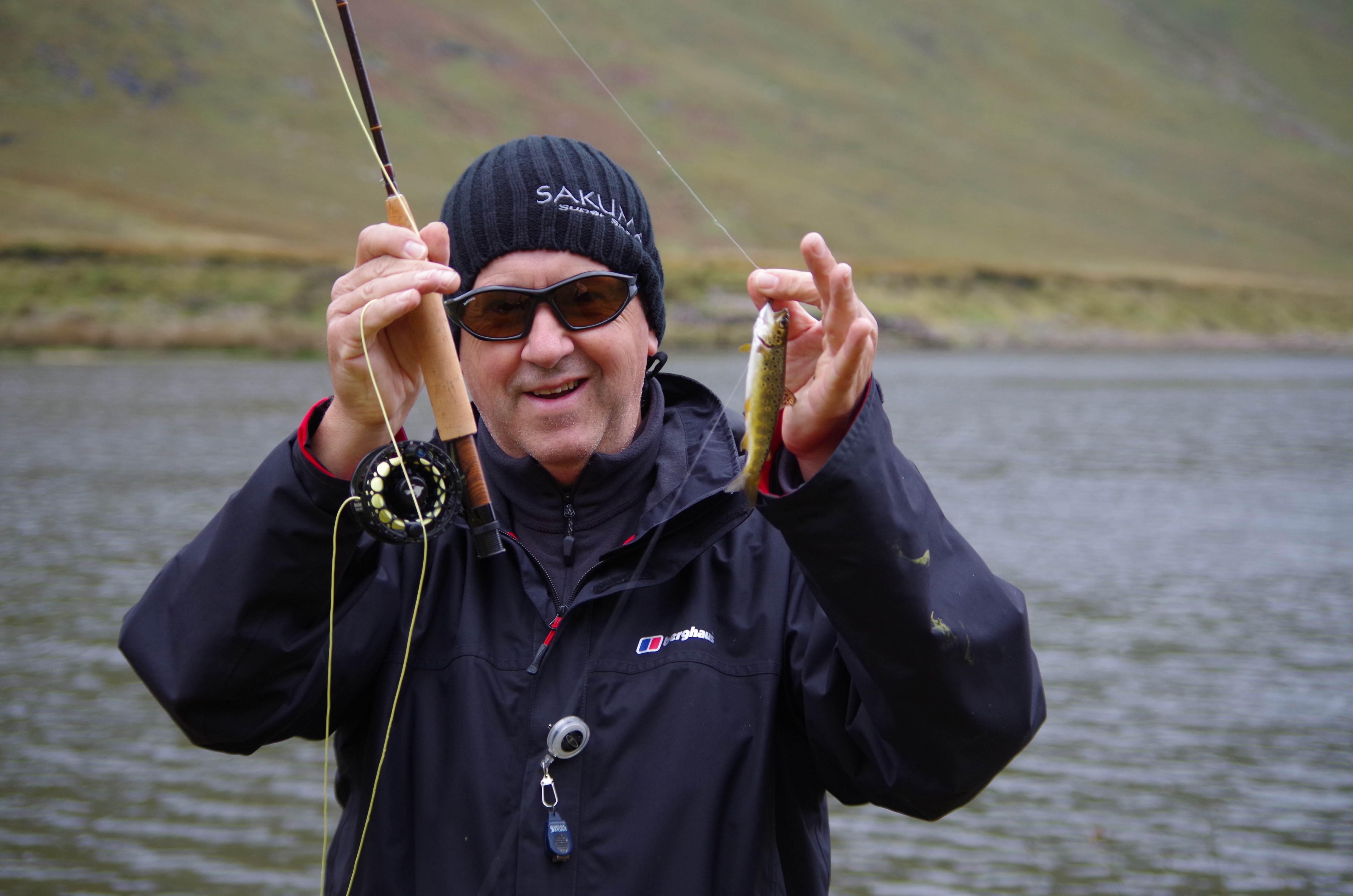
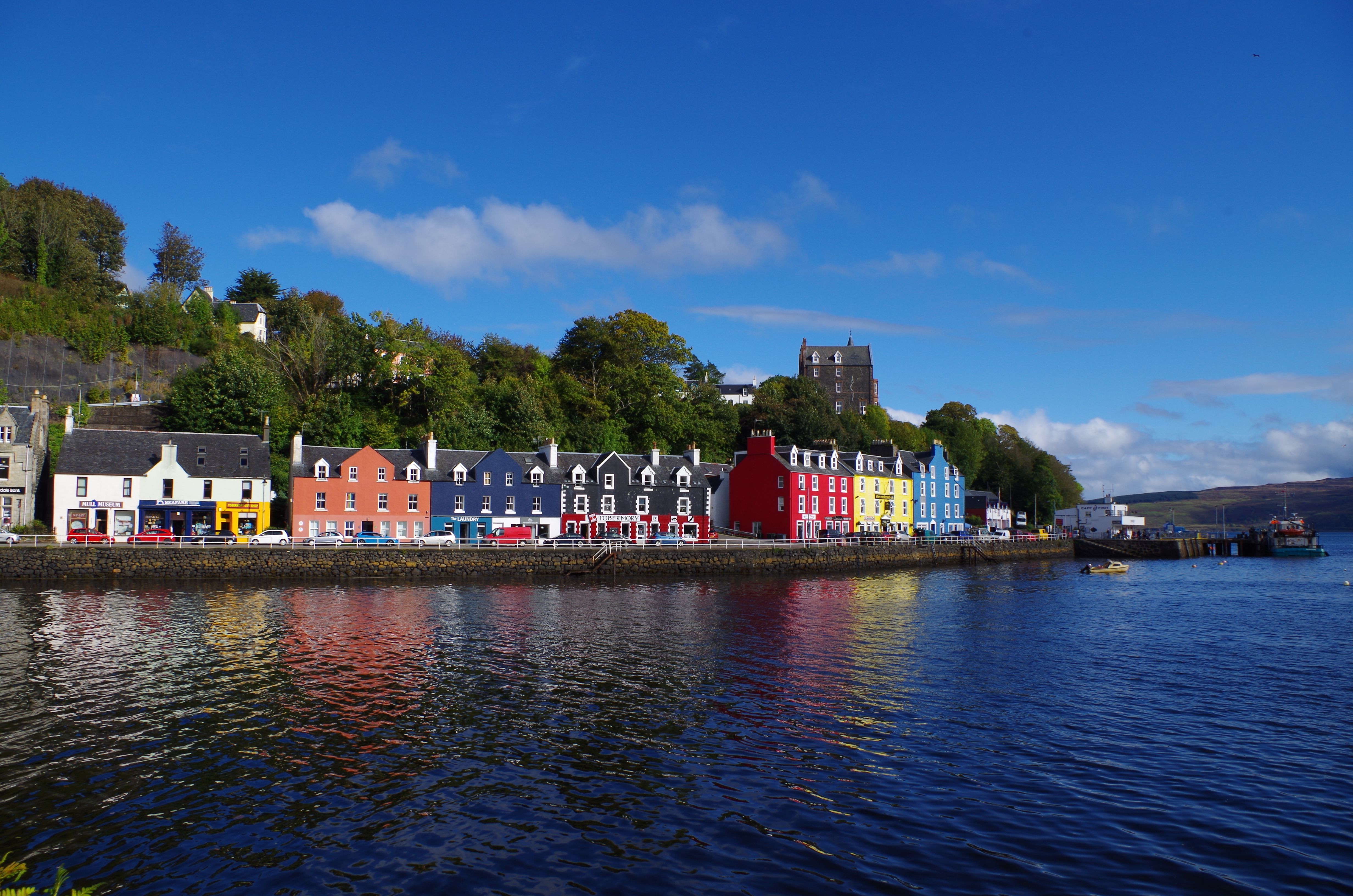
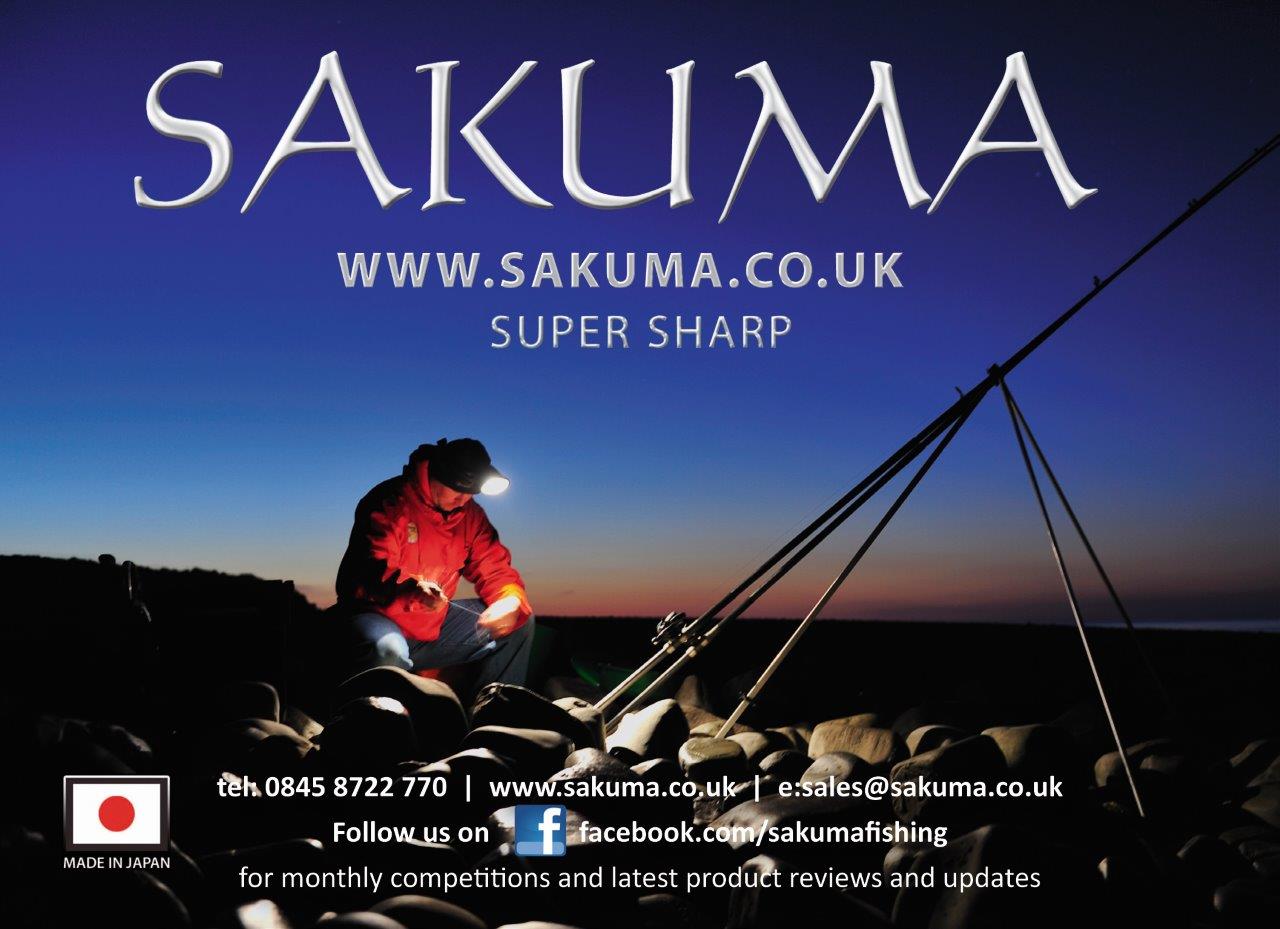
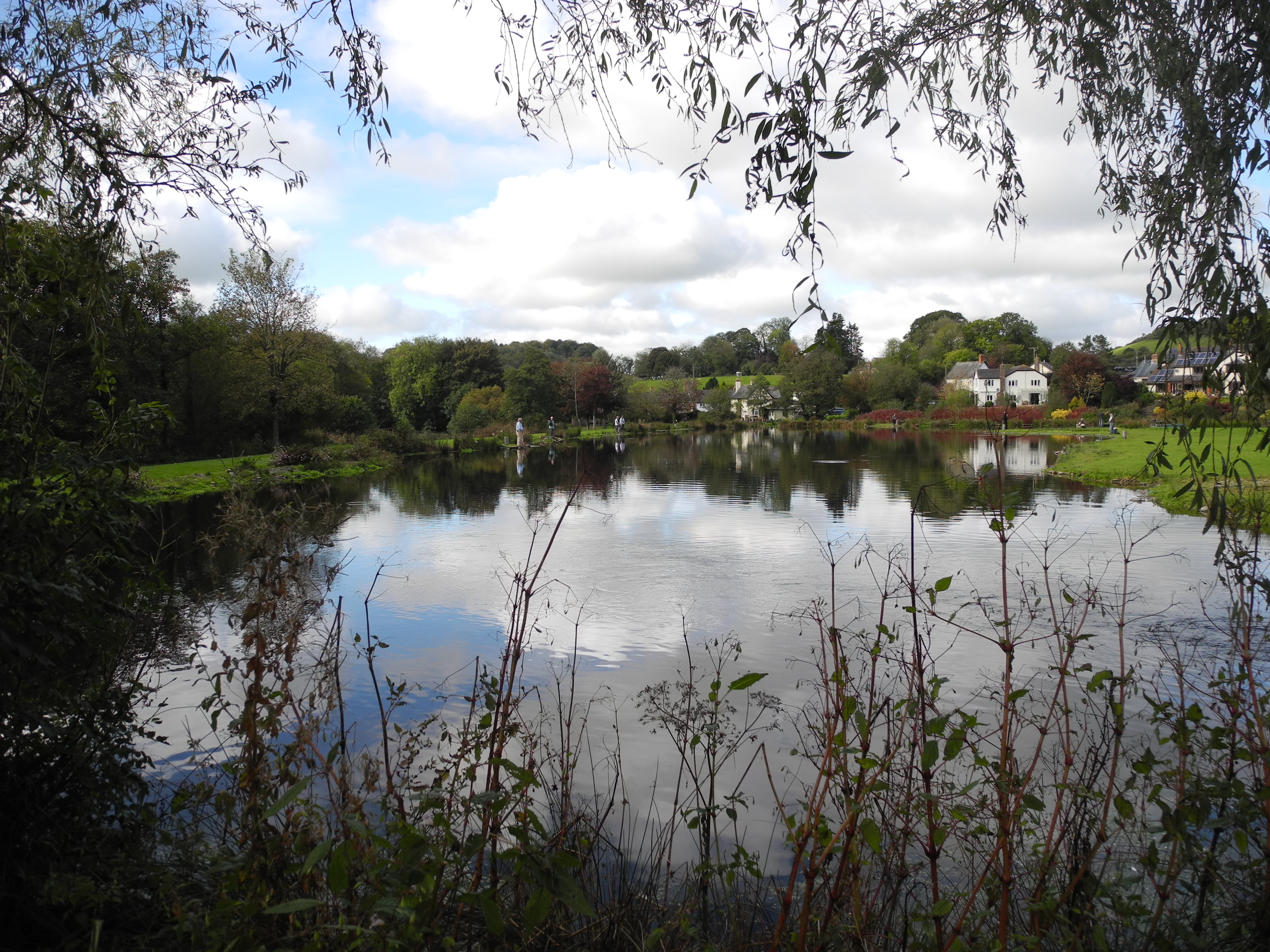
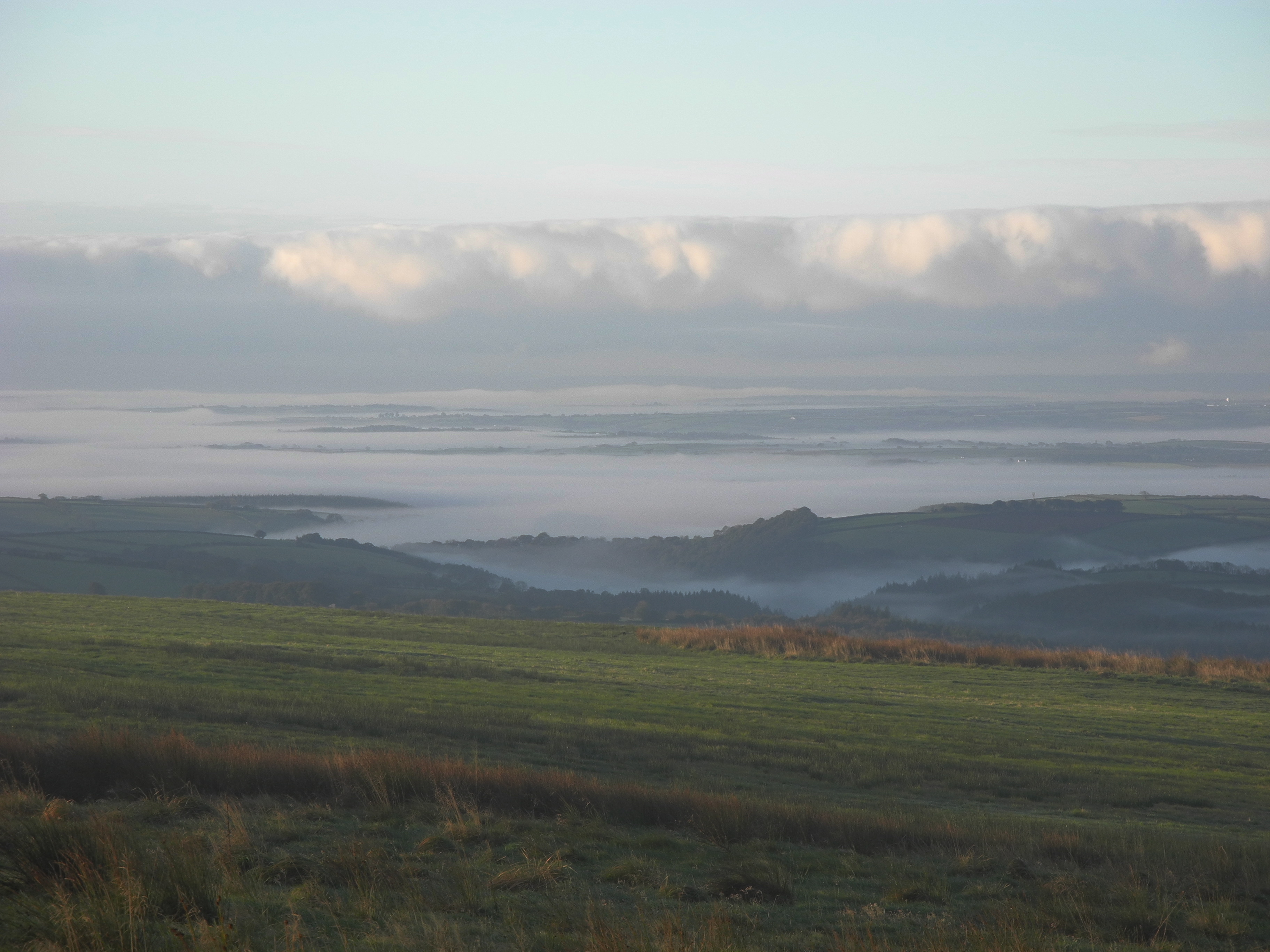
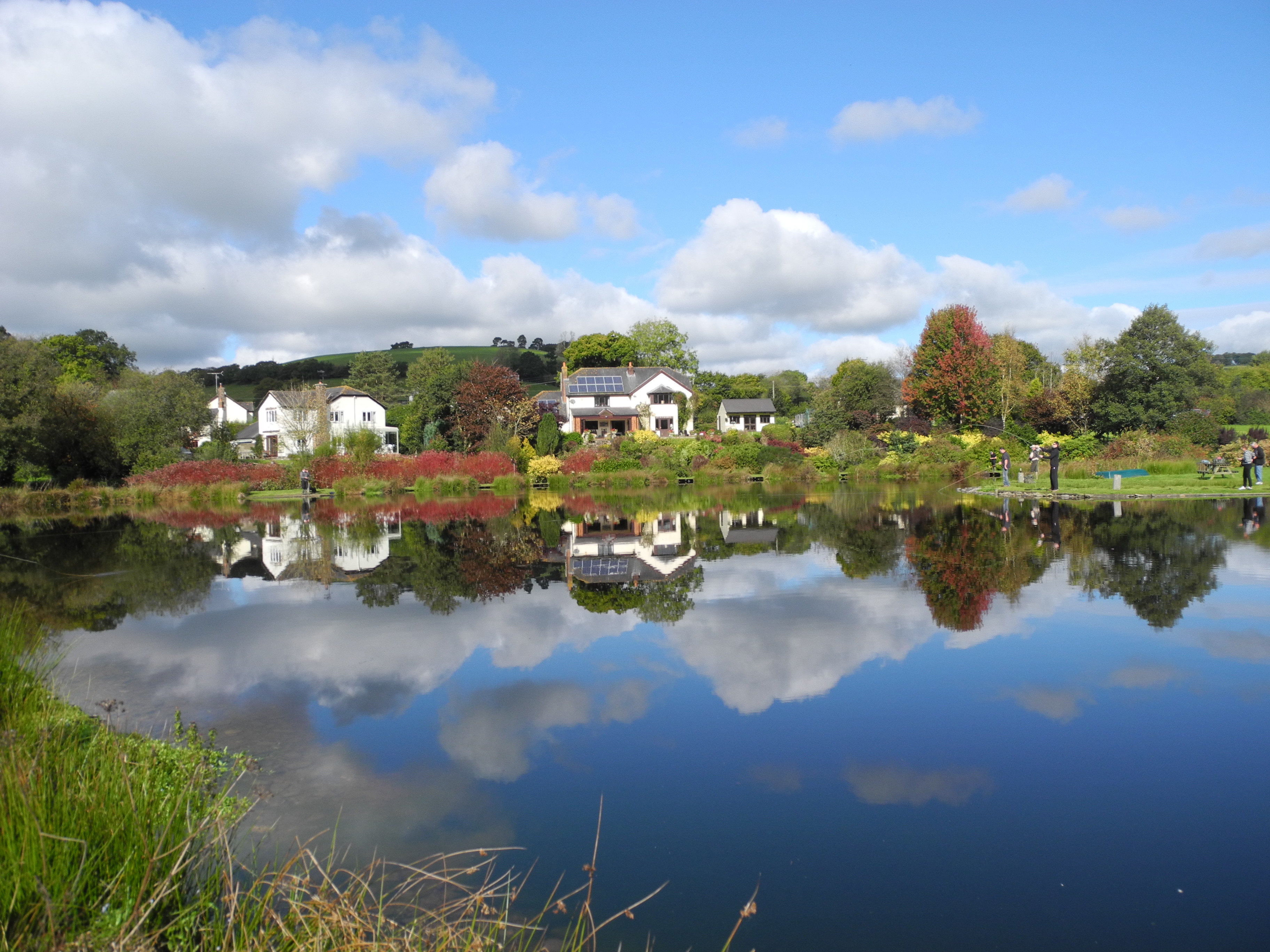
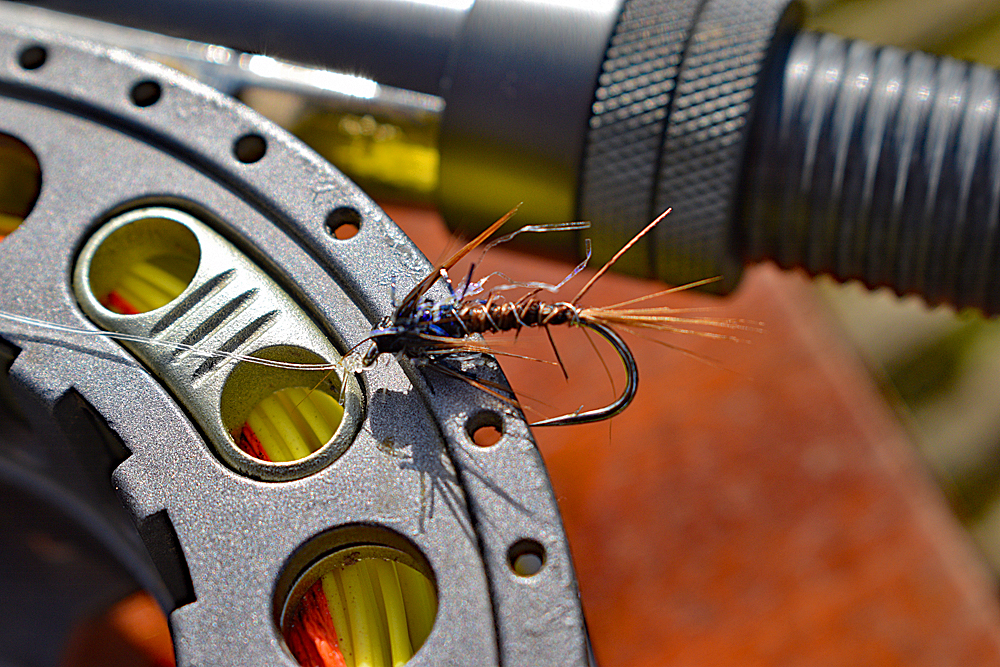
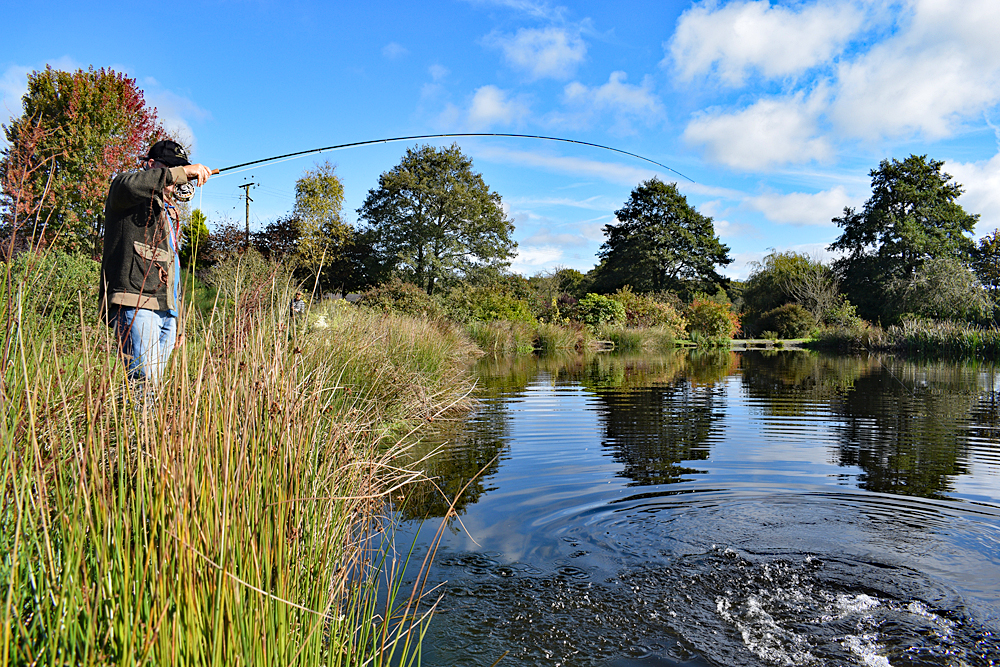
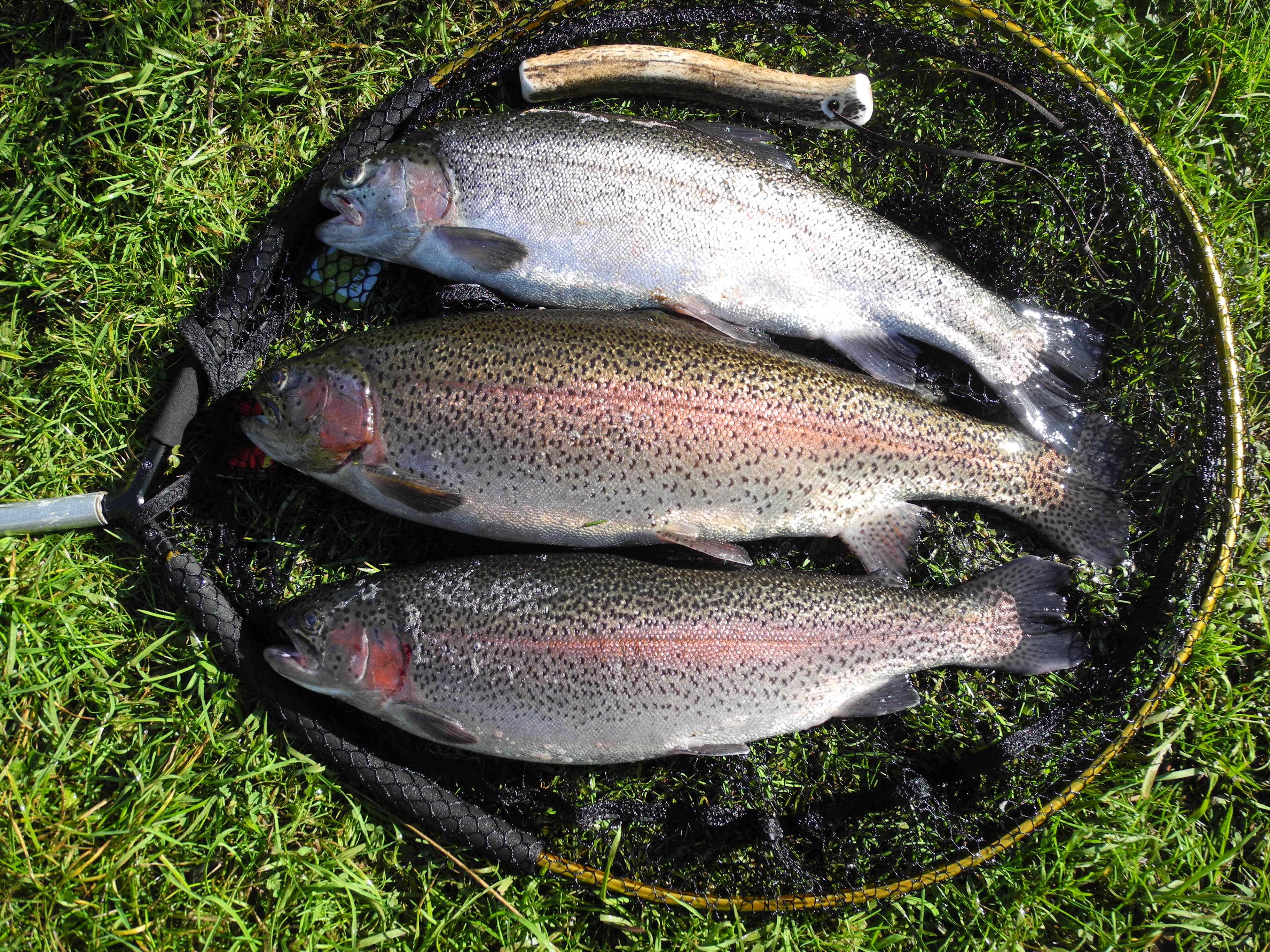
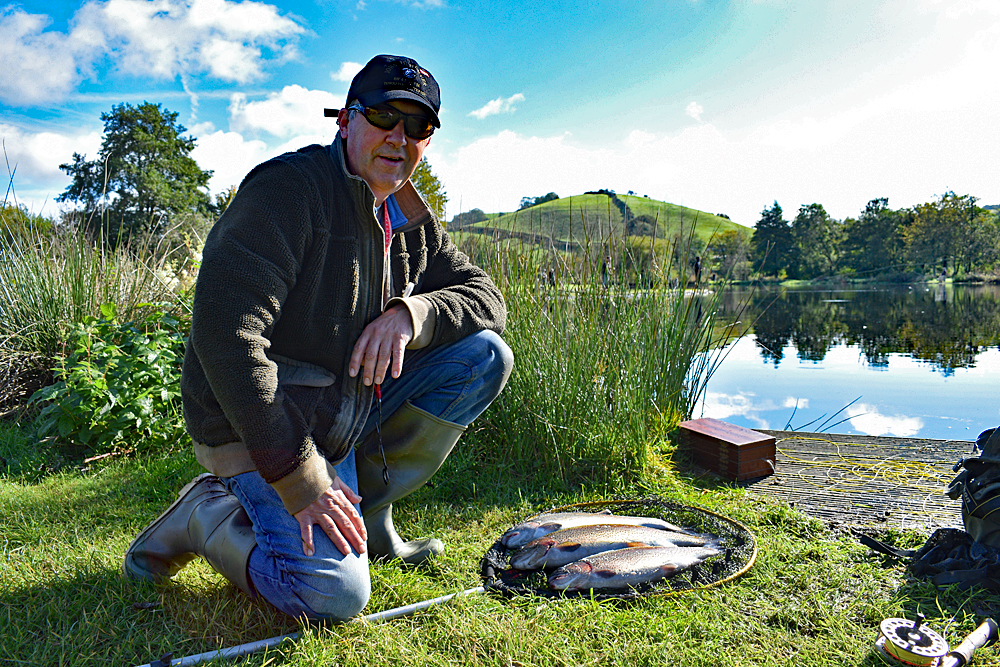
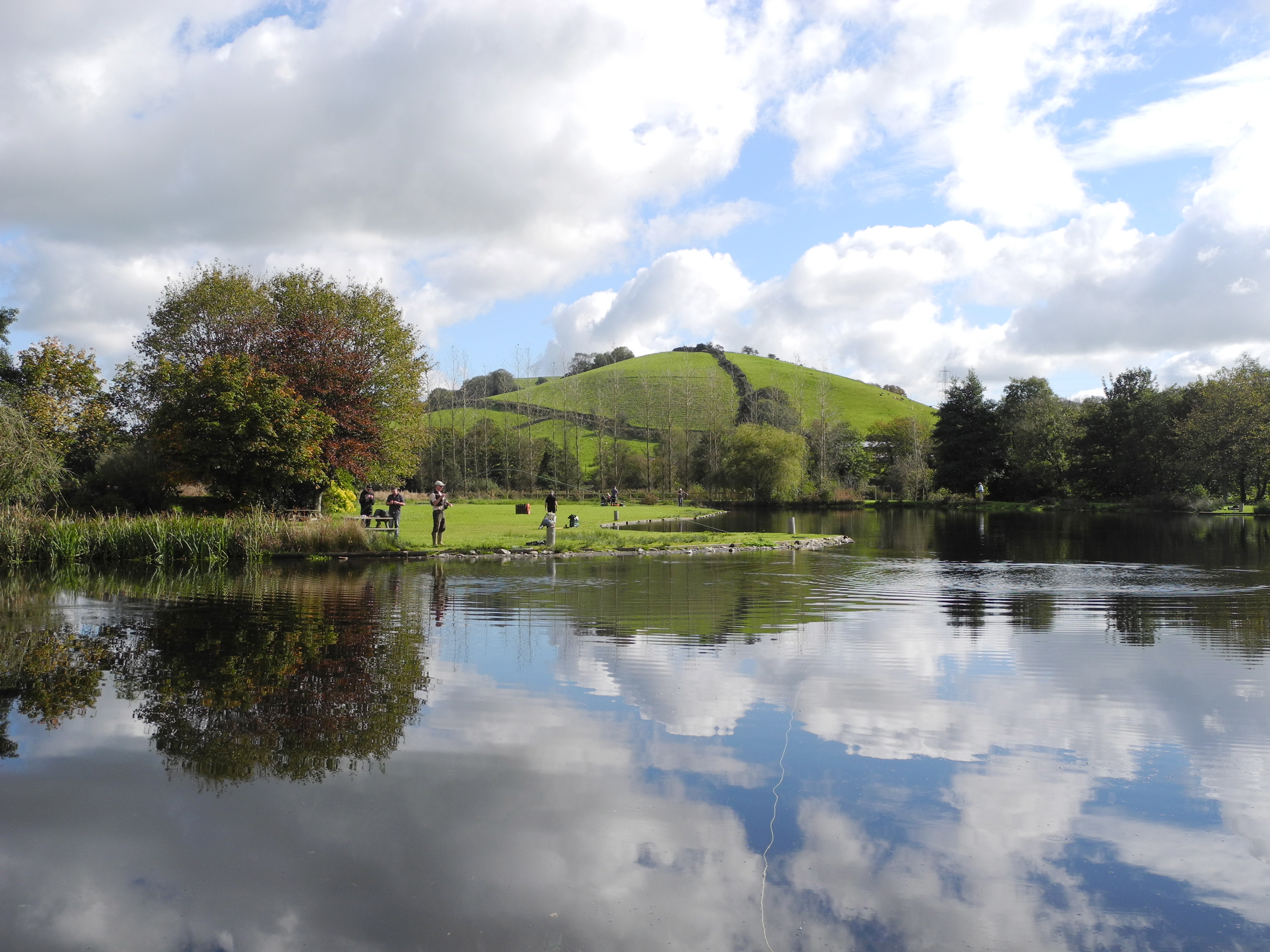
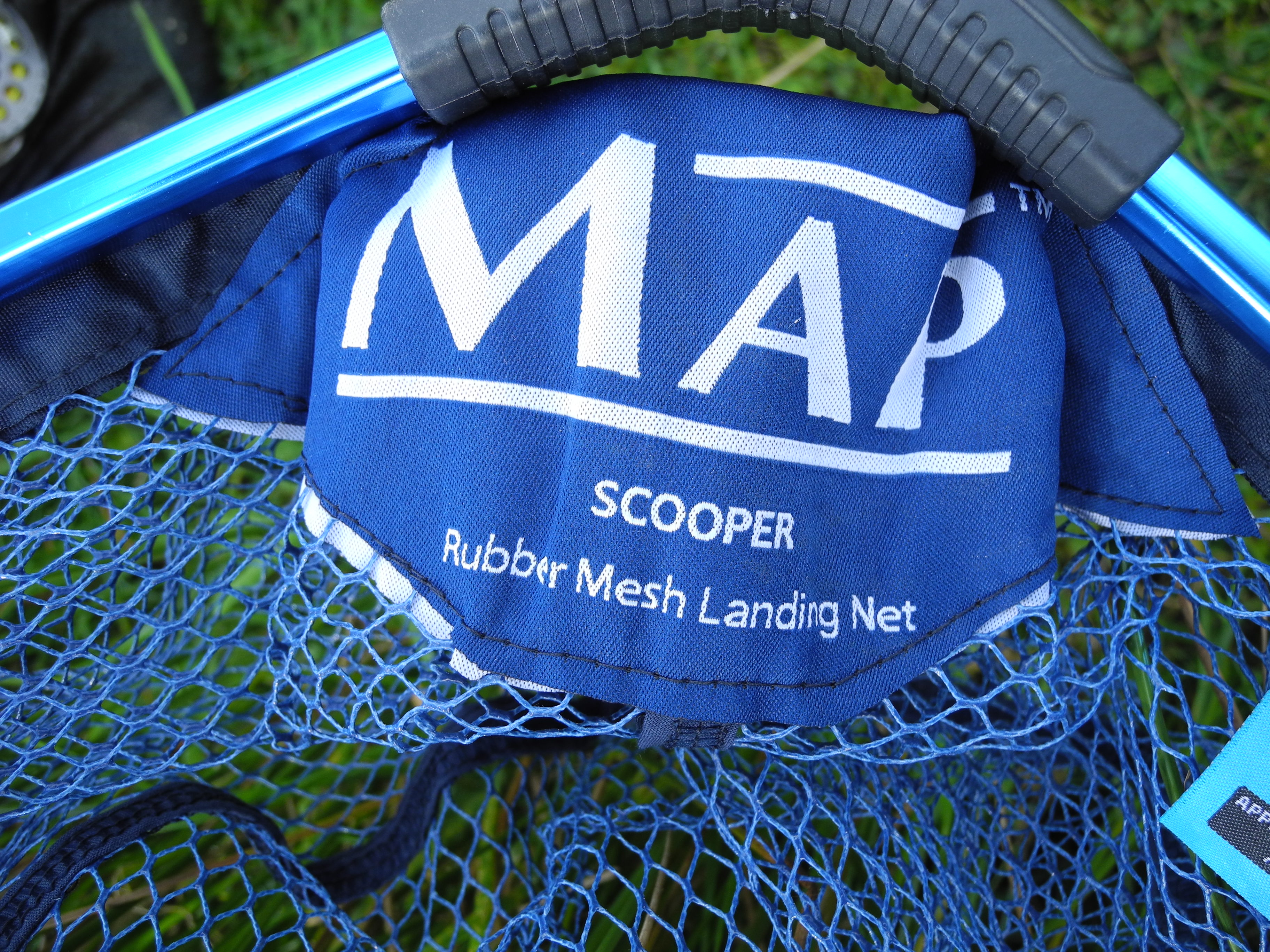
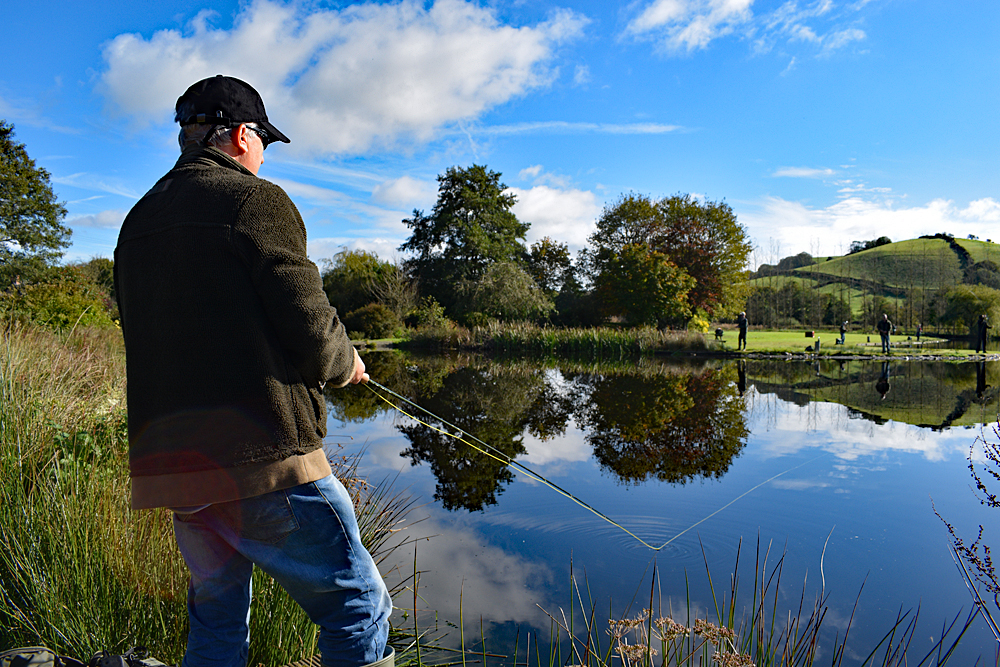
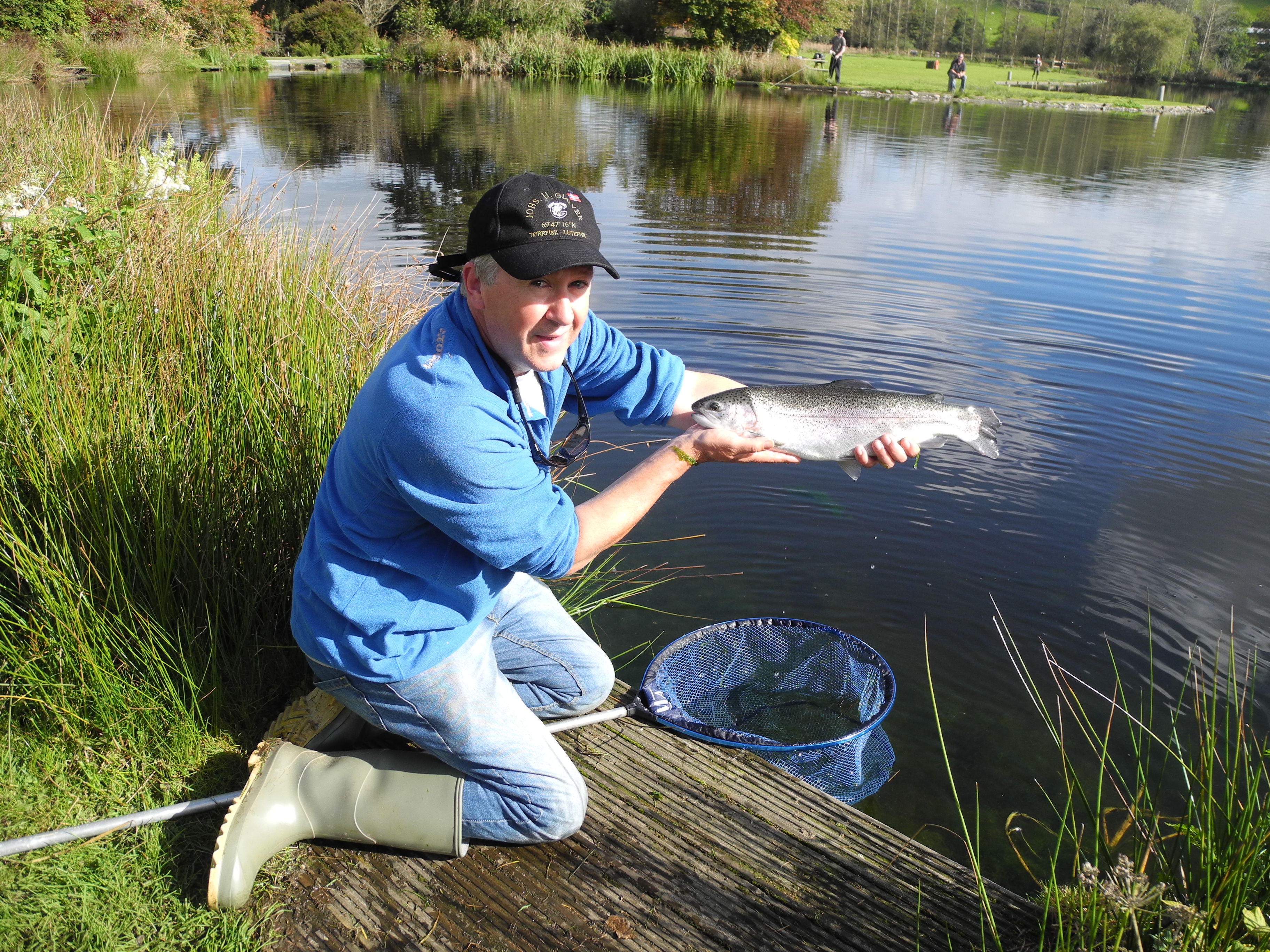
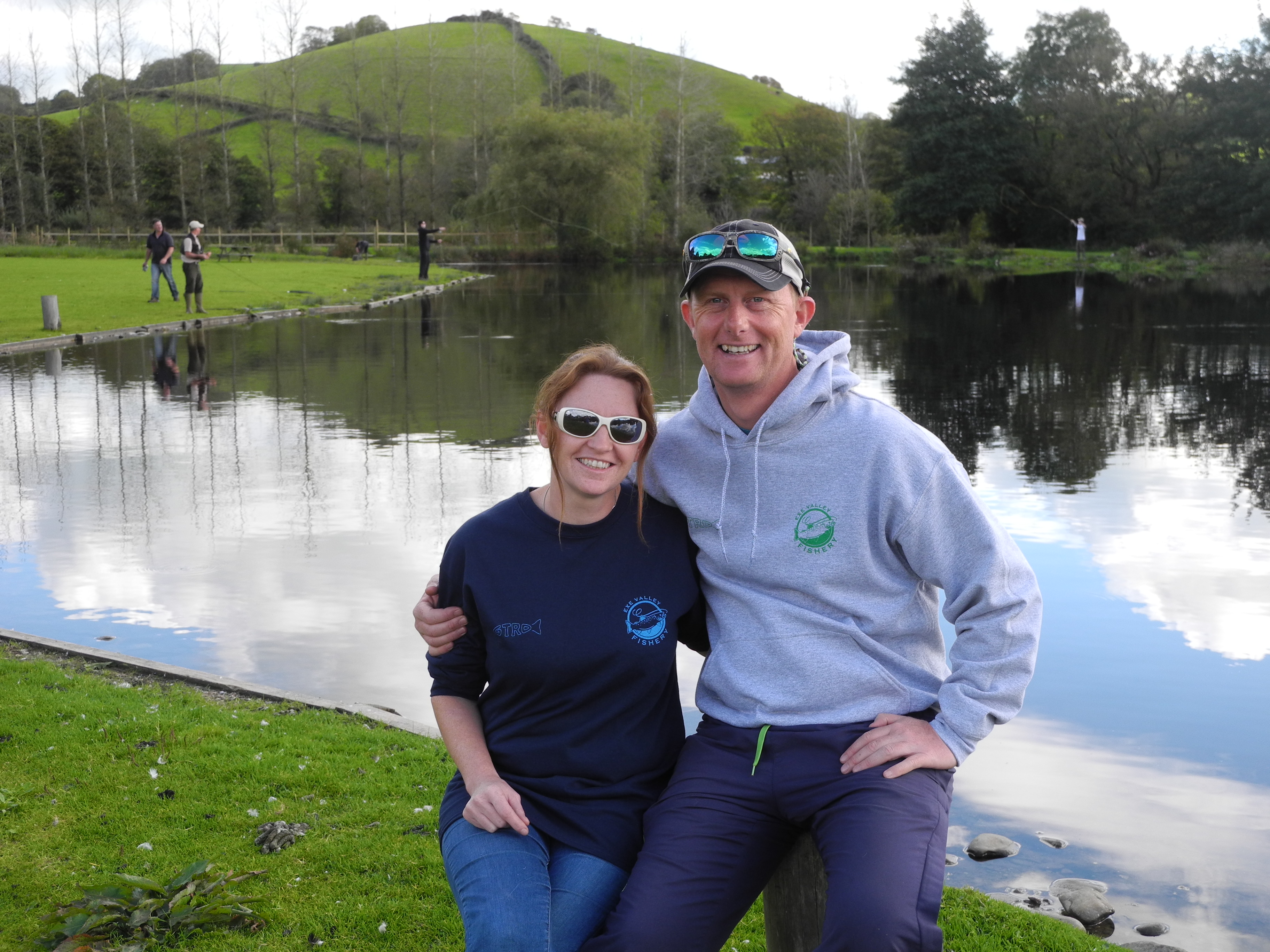
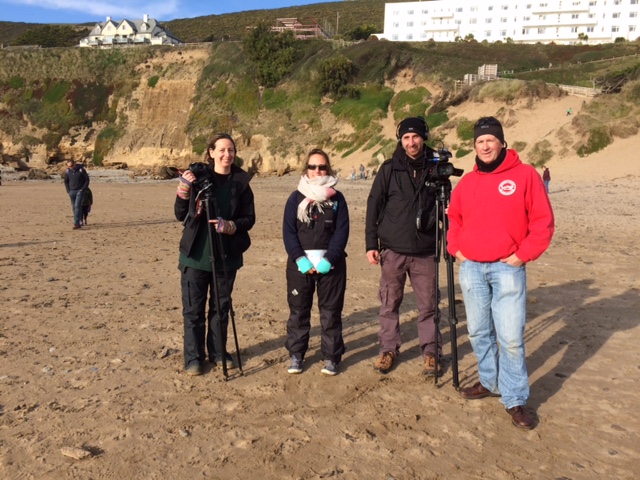
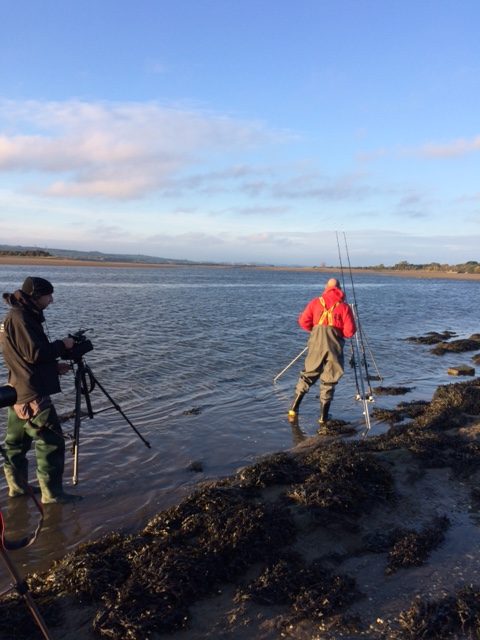

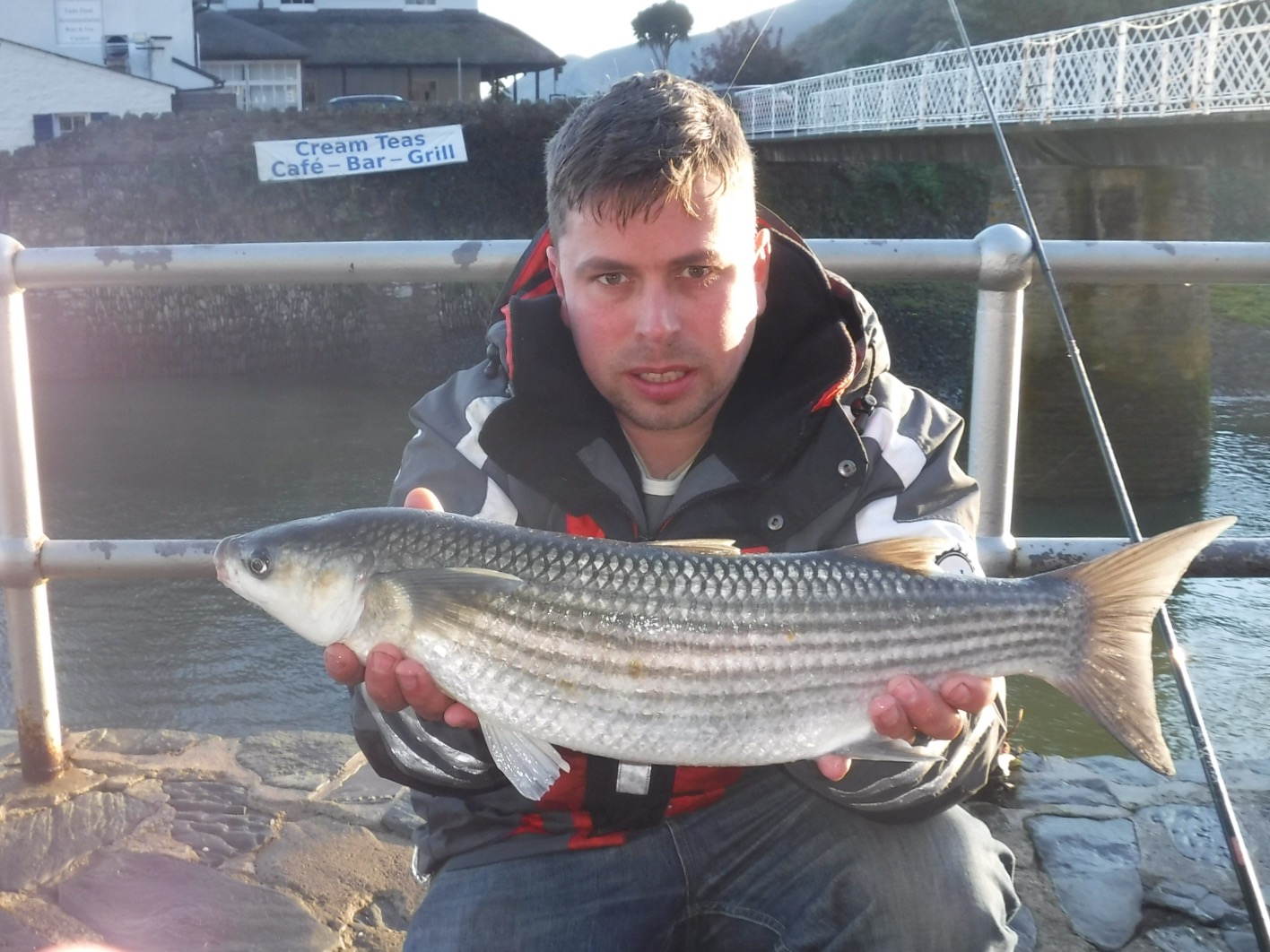










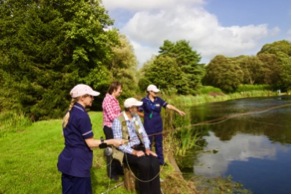
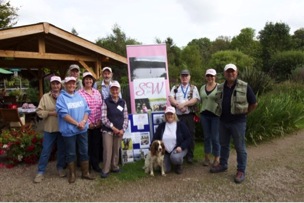

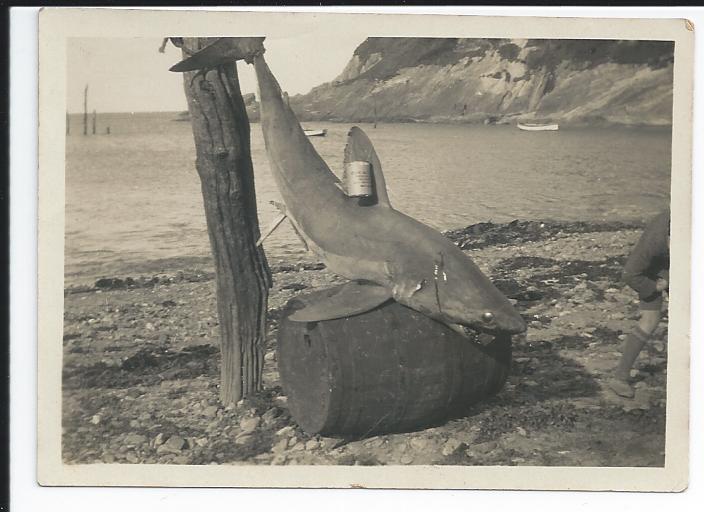
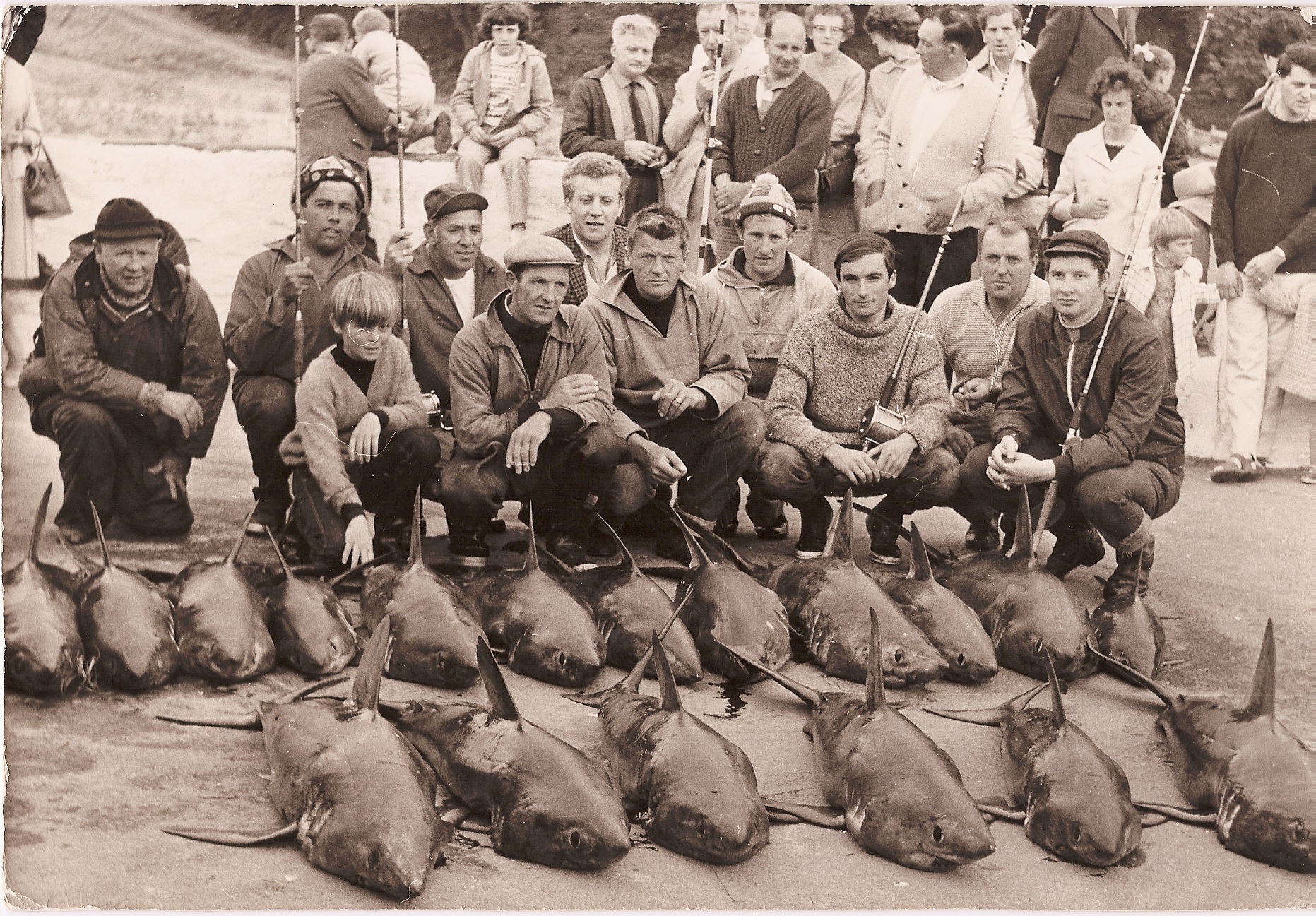
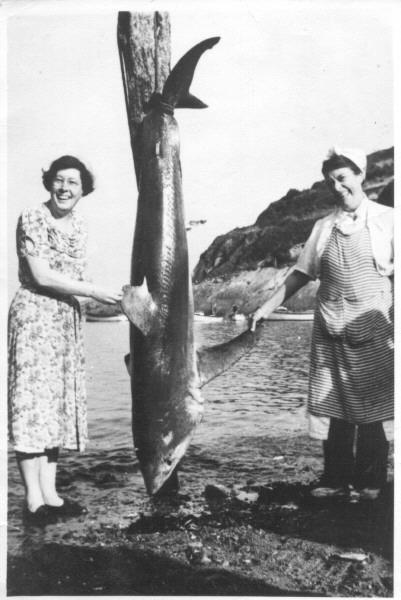
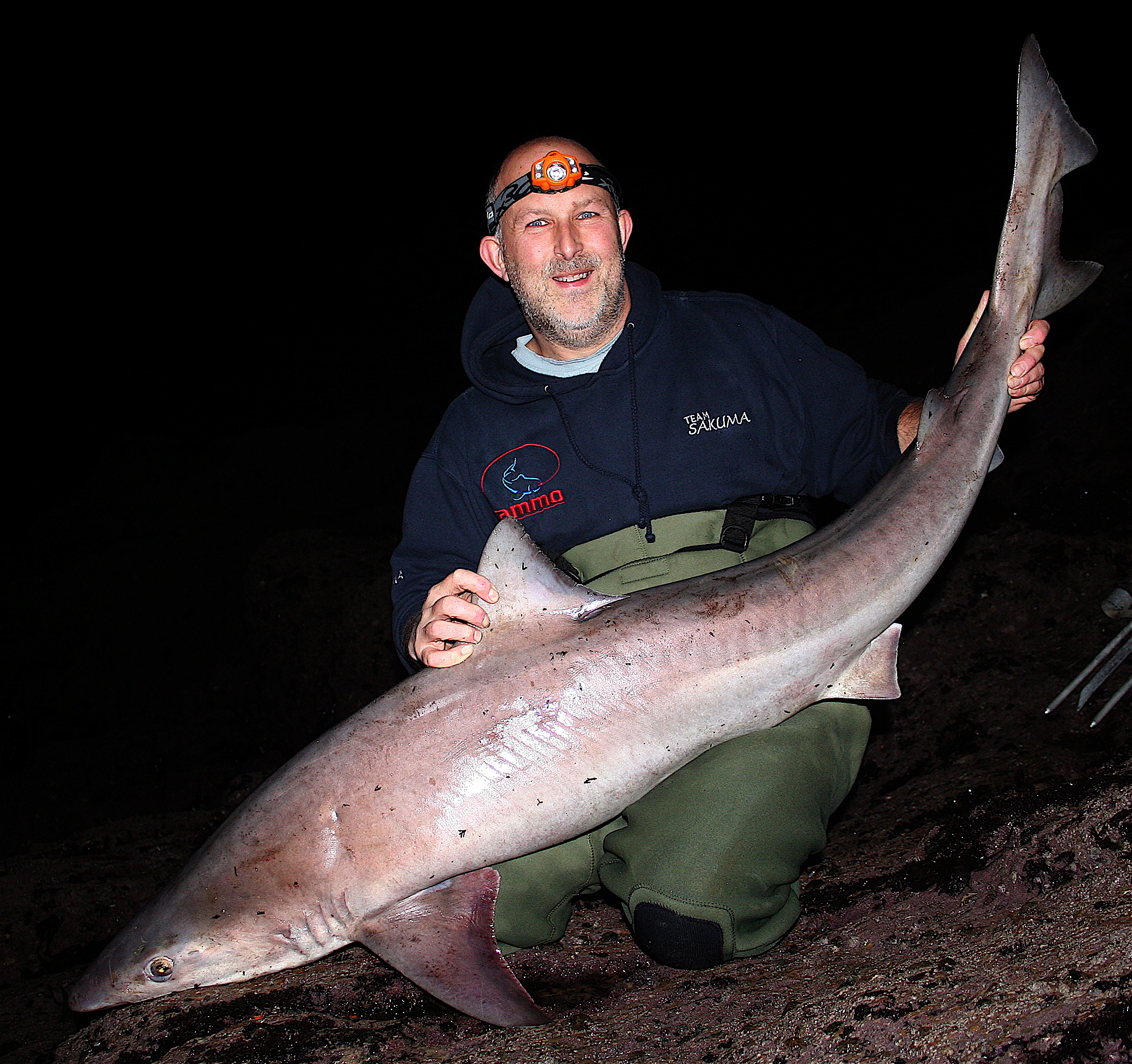
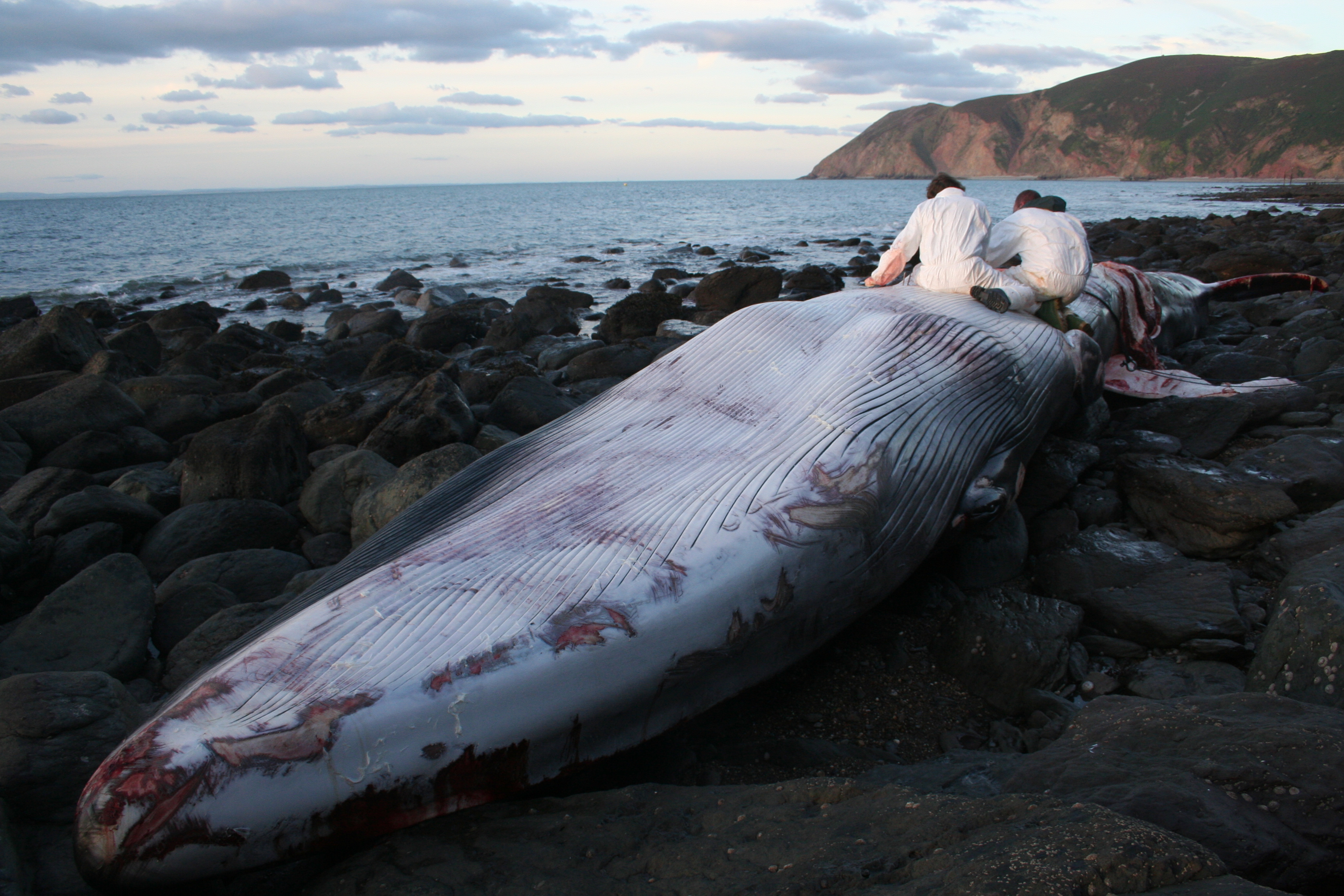
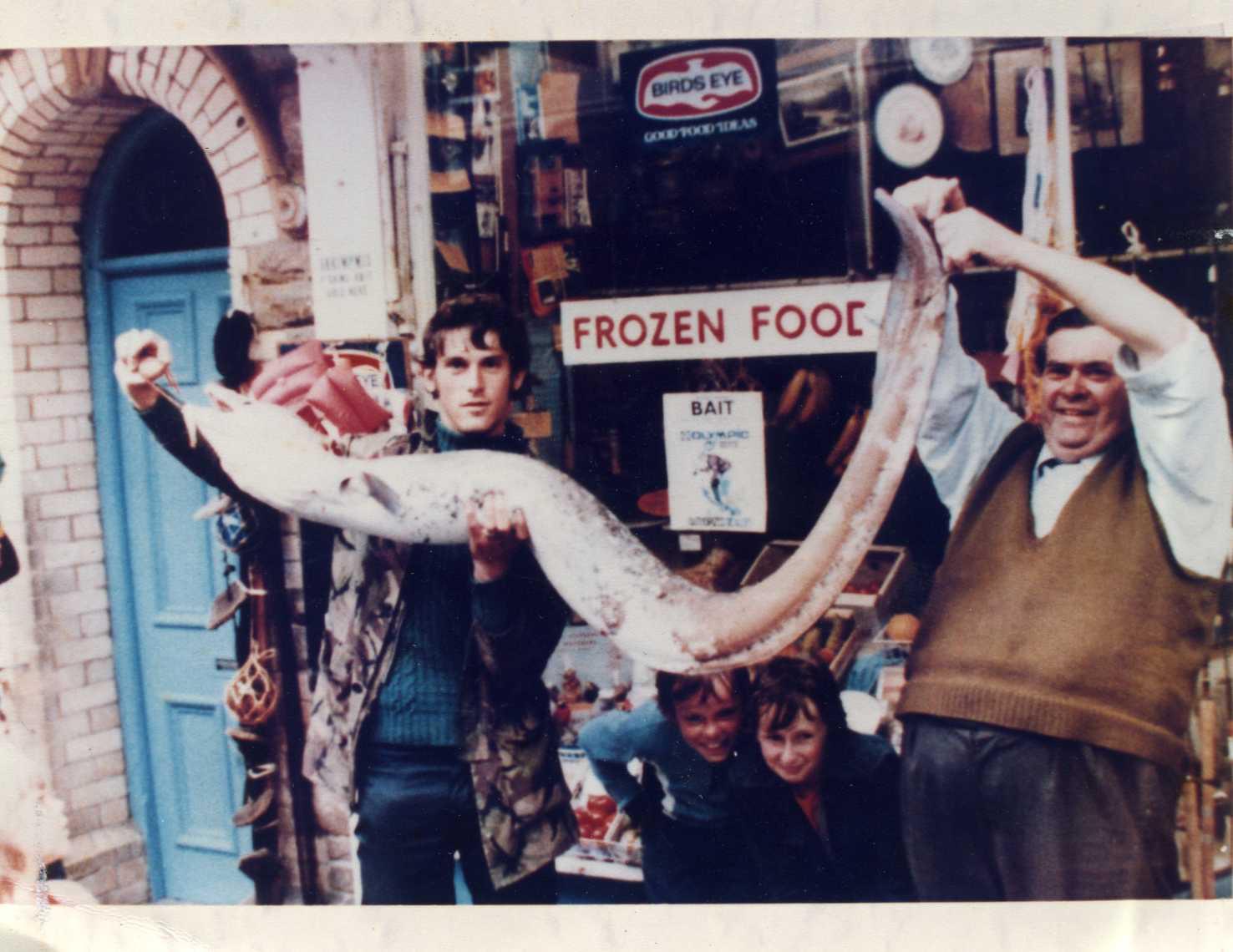
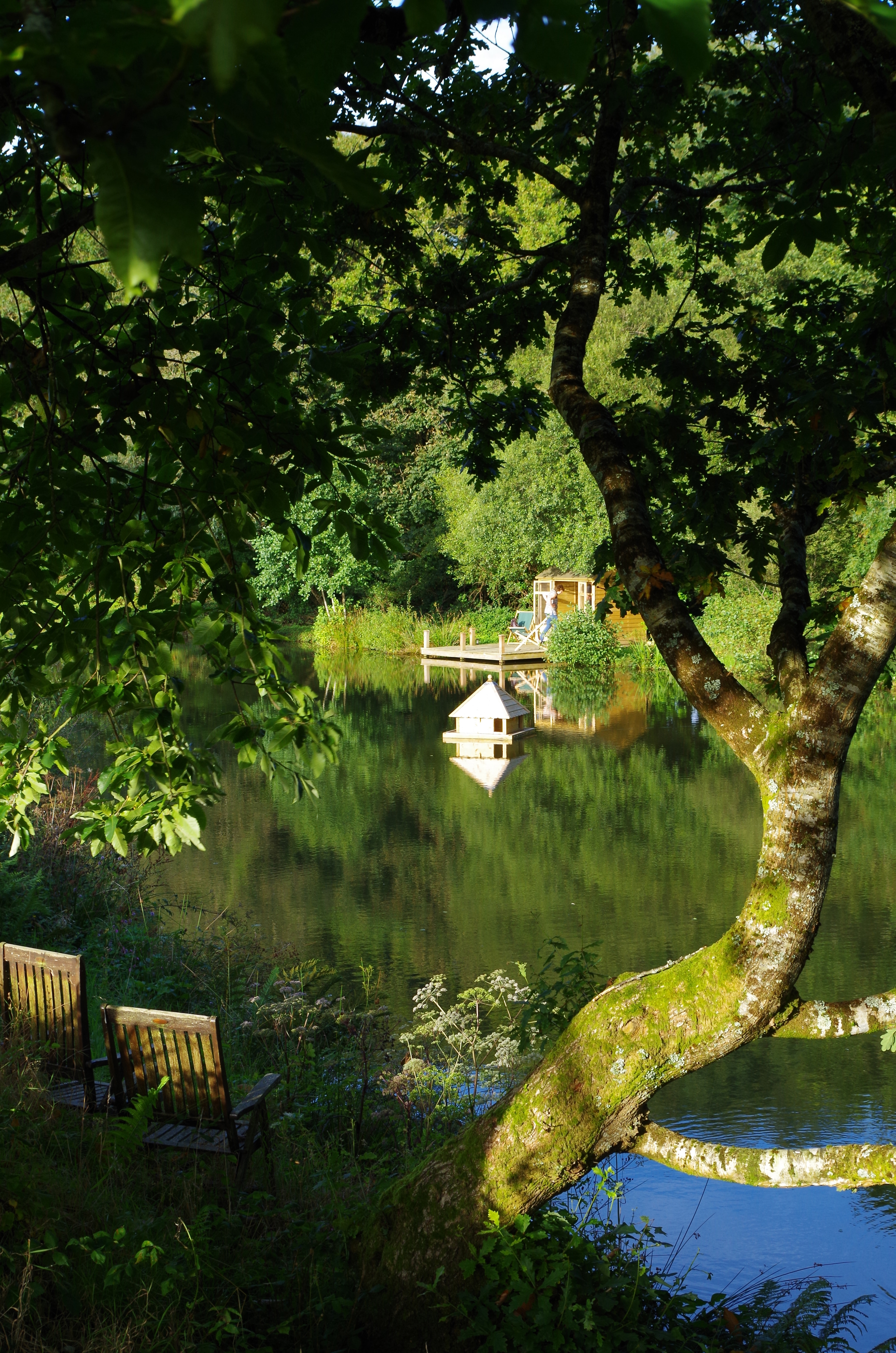
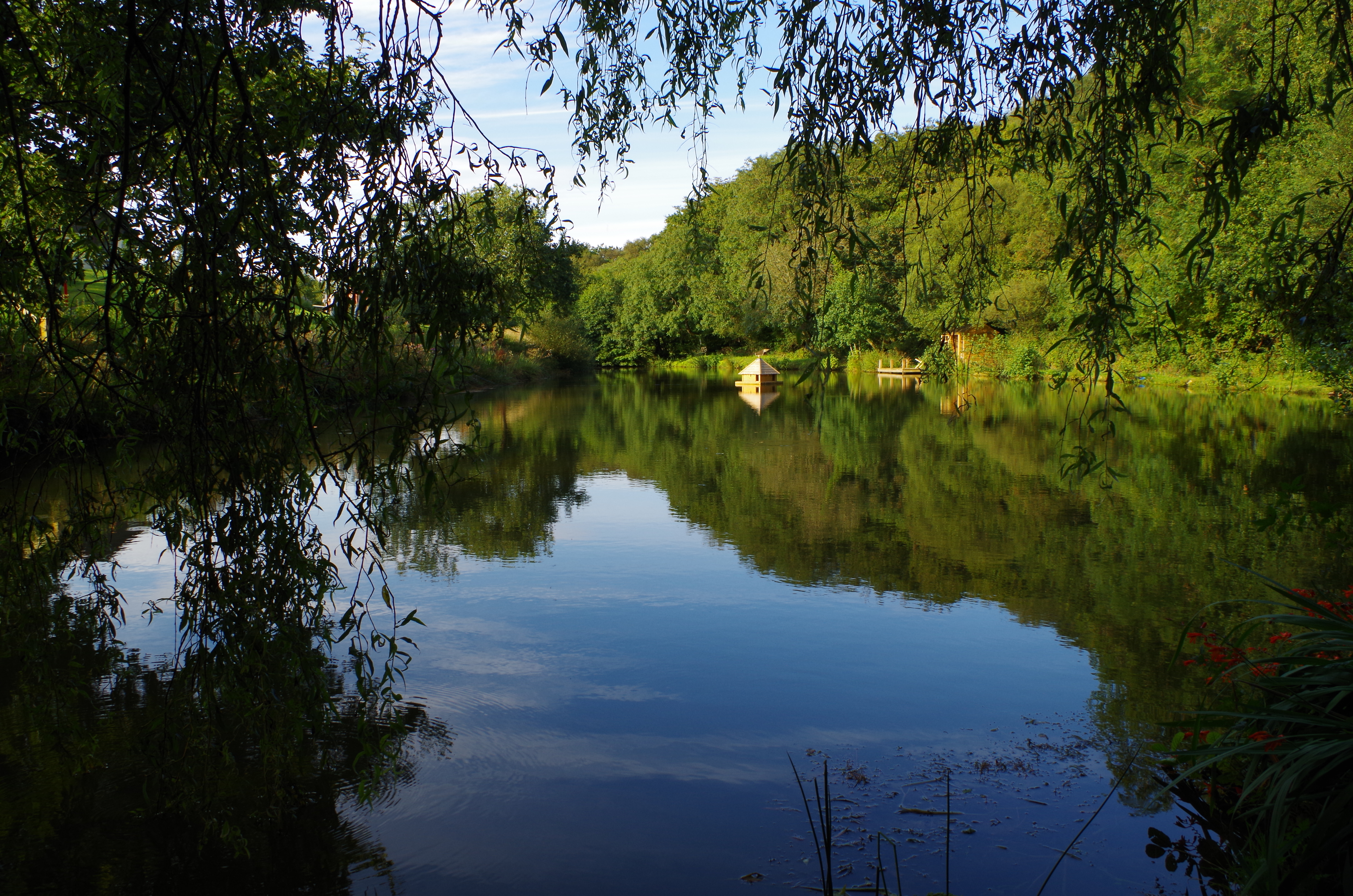
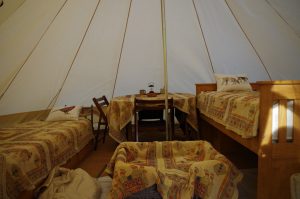 Sandra greeted us warmly and told us about the fishery and its facilities that include a spacious ready made up bell tent and a two birth caravan where guests can stay over at a modest cost.
Sandra greeted us warmly and told us about the fishery and its facilities that include a spacious ready made up bell tent and a two birth caravan where guests can stay over at a modest cost.